|
When one thinks of German wines, most often it is Riesling that comes to mind. And if asked to name a few wine regions in Germany, the answer is usually Rheingau, Mosel, Rheinhessen, and Pfalz. However, there are 13 wine regions throughout Germany, some lesser-known than others. If you haven’t heard of the Franken wine region or its special wines, then you need to pay close attention. This is a wine region that is not to be missed. From its terroir-driven wines and delectable cuisine to the fairytale towns rich with history, Franken is a magical place to explore. And I can’t think of a better setting for sipping wine than to be surrounded by medieval villages, castles, beautiful landscapes and miles of terraced wine vineyards! Located in the northwest part of Bavaria, Franken is the most easterly of the wine regions situated on the Rhine to the west and stretching eastward along the Main River. (pronounced Mine) The Main River is the longest river within Germany. Steep south facing wine vineyards dramatically adorn the banks of the Main River and its tributaries as it weaves in and out of some of the best wine-producing villages and towns (15 sub-regions) in Franken. The history of Franken winemaking dates back to over 1200 years ago. An old document shows that Charlemagne, the medieval emperor who became king of the Franks in 771, gave Fulda Abbey a winery in the year 777. During medieval times winemaking grew and there were over 40,000 hectares of vineyards in Franken. However, by the 20th century, the vineyards had decreased to less than 2100 hectares. Today, there are approximately 6,139 hectares of wine vineyards throughout Franken. Approximately 70 different grape varieties are grown here of which 80% are white grape varieties. Although Franken is best known for its signature white grape, Silvaner, Müller-Thurgau takes the lead in the number of vines. Here is a quick look at Franken’s most important grape varieties in terms of production. White Grapes Red Grapes Müller-Thurgau 27.7% Spätburgunder 4.3% Silvaner 23.1% Domina 5.4% Bacchus 11.9% Riesling 5.3% Kerner 3.3% The weather in Franken is typically continental with warm, dry summers and long cold winters. Because Riesling is a late-harvest grape, it only plays a minor role in production due to the risk of frost damage. Soil types vary throughout the region and include weathered primitive rock and red-colored sandstone, Muschelkalk (shell-limestone), and Keuper (colored and/or gypsum marl). These soils evolved over a 250 million year span along the Main River and they greatly influence the character of the grapes in this region. For the most part, dry wines are the majority of wines produced here and are typical of this region. Franken wine region has both regional and smaller cooperatives in addition to private and state-owned estates. I had the opportunity to visit several privately owned wineries starting in the east and working our way west and I tasted through many wines at each stop. For the purpose of this story, I will introduce the wineries and highlight a few wines from each winery. As you look through the wine photos you will see a uniquely shaped bottle called a Bocksbeautel. This bottle has been used for over 250 years in Franken to hold top-quality wines. In 1989, the European Union patented the bottle and it is only allowed to be used for Franken wines. Approximately 43% of Franken wines are bottled in a Bocksbeautel. We heard many stories and versions of its origins and shape as we made our way through Franken, most with good humor. However, the reason behind the Bocksbeautel’s distinctive shape was to distinguish it from other wine bottles and to signify that it held outstanding wine. As to how that shape was chosen, I will let you do your own investigation to determine which story you like best. The Bocksbeautel holds 750ml of wine, has a round, flat body and a short neck and is an attention-getter, but it is definitely not designed for a wine rack! Weingut Kremer is located in Großheubach, a small community in lower Franken. The winery was established in 1975 and is family-run. Second generation Uli Kremer who runs the winery with his parents and wife hosted our wine tasting. They have 18 grape varieties on 9 hectares of vineyards that are sloped with southern exposure and soil of red federal sandstone. Sloped vineyards are not easy to maintain, so they use French sheep to trim the weeds! Ooh, la la! As Uli said, “The trick is to make sure the sheep are not in the vineyards when the grapes emerge.” We tasted through six wines and it was a nice introduction to the wines of Franken. Tasting Silvaner and Cabernet Dorsa were a first for me. Kremer Silvaner Kabinett Trocken 2017 is 100% Silvaner. It has a lovely nose that is fruity and tropical with hints of citrus. This is a dry wine with a touch of floral, yellow fruits, hints of minerality and a creamy texture from 12 months spent on the lees. A very food- friendly wine! Alcohol: 12.5% Kremer Chardonnay Qualitätswein Troken 2017 is 100% Chardonnay. I thought this wine was worth mentioning. Uli’s father was one of the first to plant Chardonnay in Franken in 1996 on a .5-hectare site. This is an oaked Chardonnay with pronounced minerality, pear, apple, vanilla and a creamy texture. The wine was aged for 12 months in Franken oak barrels. It is nicely balanced with acidity and is not “too” oaky. Alcohol: 13% Kremer Cabernet Dorsa Qualitätswein Troken 2016 In 1971 Dornfelder and Cabernet Sauvignon were crossed to create Cabernet Dorsa. This wine is 100% Cabernet Dorsa and benefits from aging in French oak. It has a wonderful nose of dark berries and spice that segue onto the palate along with cherry and a hint of dark chocolate on the finish. It has rich tannins with a perfect balance of acidity. Alcohol: 13.5% Please visit https://www.weingut-kremer.de for more information. Weingut Rudolf Fürst is a small family-run winery also located in the westernmost corner of the lower Franken wine region. The Fürst family has been making wine since 1638. Paul and Monika Fürst took over the family business in 1975 and their son Sebastian joined them in 2007. Most of the wine they produce comes from the vines located in the vineyards of the Centgrafenberg in Bürgstadt where they built new estate buildings in 1979. The prized vineyards of the Centgrafenberg have a southern exposure with red sandstone soil, which is high in iron. It is an ideal location for Spätburgunder (Pinot Noir) and Riesling. Spätburgunder has grown in these iron-rich soils for centuries, yielding full-bodied, expressive wines. As Paul said when we met with him for the tasting, “Wine is culture. The world is taking notice. The time is good for us and our special variety of Pinot”. Fürst is famous for its burgundy style Spätburgunders and is considered some of the finest in Germany. They also have two other vineyards sites: Hundsrück in Bürgstadt and Schlossberg in Klingenberg. In total, they have almost 50 acres of vineyards. Here are some highlights of the tasting. Centgrafenberg GG Riesling 2017 There are 400 vineyards in all of Germany with a GG classification. (Grosses Gewächs) meaning that the grapes come from a “great site” and is identified as a great dry wine. Fürst has plots in three Grosse Lage sites, Germany’s equivalent of grand cru vineyards. This dry Riesling is beautifully layered with floral, grapefruit, stone fruit, minerality, honey, and a hint of anise and lemon zest on the finish. It has lively acidity with a creamy texture. Alcohol: 12% Bürgstadter Berg IG Spätburgunder 2015 is an elegant wine with soft berry and floral aromas. The palate offers ripe berries, cherry, spice, vanilla and smoky notes. This is a fully rounded wine with nicely balanced acidity and a hint of minerality on the finish. Alcohol: 13.5% Centgrafenberg GG Spätburgunder 2012 is one of the top three wines in the Fürst estate and it is also part of the top ten list of wines in Germany. This wine is stunning! Aromas of soft red fruit, cherry, baking spice and smokiness set the stage for the palate. It is a silky wine with soft tannins, dark cherry, tobacco, ripe fruit, vanilla, earth and a hint of anise and minerality on the palate. Elegant! Alcohol: 13.5% All of the above wines are food-friendly and will complement a myriad of dishes. In fact, most of the wines that I tasted throughout my trip were adaptable to a wide range of cuisine. For availability and pricing of Fürst wines please visit: http://www.weingut-rudolf-fuerst.de In addition to wine, Franken is home to some of the most enchanting and fairytale-like villages and towns. My first impression of the historic part of Miltenberg was one of awe. I had stepped back in time to a medieval town filled with half-timbered houses arranged in a charming display of colors, an ancient market place and cobblestoned streets. Slide show below of Miltenberg. Photo credits: Penny Weiss Miltenberg is called the “pearl of the Main” because it stretches along the left bank of the river. The first documentation of Miltenberg goes back to 1237. And, Germany’s oldest hotel, a Royal Inn called “Zum Riesen (The Giant) is located in the famous market square. The earliest mention of the hotel is in 1411, but most likely it existed before that date. And don’t forget to stop for food and drinks at the Gasthaus Zum Riesen where I had the best Spaetzle ever! Many of the buildings in Miltenberg are stamped with the date they were built and also the date they were renovated. There is much to see and do here from walking tours to a museum, castle and a brewery. Although my focus was on wine, breweries abound in Franken. And having a glass of Bavarian craft beer is a treat!
If I have piqued your interest then read Part Two as I move westward in Franken exploring more wineries, restaurants, hotels and magical towns! Until next time… Cheers! Penina To leave a comment or if you have an inquiry, please contact me at [email protected] I had just arrived home from a trip to the Franken wine region of Germany with my palate still singing the praises of the wines I tasted. To my delight, there was a bottle of Riesling from the Mosel wine region waiting for me at my doorstep. Although the Mosel region is a few hundred miles to the west of where I was visiting, a German Riesling is always a treat no matter which of Germany’s 13 wine regions it comes from. And this particular Riesling was no exception! Weingut St. Urbans-Hof is located in the village of Leiwen in the Mosel Valley. It is considered one of Germany’s premier estates with 40 hectares of vineyards making it the second largest family-owned and operated winery in the Mosel. Nicolaus Weis founded the winery in 1947 and his grandson Nik Weis has been owner and winemaker since 1997. I have written several stories and reviewed a number of wines from this producer that can be accessed on the menu at right. The Mosel Valley enjoys a continental climate with warm summers and long growing seasons that contribute to the ripening of the grapes, helping to create heightened flavors and low alcohol levels. Riesling grapes for the St. Urbans-Hof Bockstein Kabinett are harvested from a single vineyard consisting of 40 to 60-year-old vines from the Mosel region’s Saar Valley. Bockstein VDP Grosse Lage is a historic 136-acre site with only six producers growing vines here. Nik Weis owns 25 of these acres in the best, original section. The vineyard sits on a very steep 50 degree, south-facing slope with soils consisting of hard gravelly slate rock that have a powdery surface that is easily absorbed by the vine’s roots giving the wine lots of minerality. VDP (Verband Deutscher Prädikatsweingüter) is a national German association of wine producers committed to top-quality wine production. Under their classification system, VDP Grosse Lage is considered Top Class designating the very best vineyards of Germany within which the finest parcels have been demarcated. These wines are considered especially expressive with significant aging potential. St. Urbans-Hof 2018 Bockstein Kabinett 2018
This 100% Riesling is pale lemon and jumps out of the bottle with intense aromas of minerality/slate, soft fruit, citrus and hints of floral. A palate of refreshing peach, green apple, grapefruit, honeysuckle and minerality are the prelude to a beautiful dance between sweet and saline. This is another terroir-driven wine that clearly shows the talent of the winemaker, Nik Weis! Serve as an aperitif or pair with fish, white meats, salads and spicy food. Enjoy this wine now or it can be cellared for up to 30 years if stored properly. Alcohol: 9% SRP: $26 Within the next few weeks, I will be writing about my trip to the Franken wine region in Germany. I will introduce you to fabulous wines, cuisine and fairytale towns to explore! Until next time… Cheers! Penina To leave a comment or if you have an inquiry, please contact me at [email protected] Although it is not as widely known as some of its more famous neighbors, Le Marche (pronounced Mar-kay) wine region should be on your radar. Le Marche is located on the eastern side of central Italy, nestled between the Apennine Mountains to the west and the Adriatic Sea to the east. There are approximately 60,000 acres of vineyards in Le Marche with varied terroirs throughout. Warm and cool climate zones exist in this region due to the influence of the mountains, rivers and the Adriatic Sea. Calcareous, clay and limestone-rich soils can be found here and are excellent for growing grapes such as the white grapes Trebbiano and Verdicchio that Le Marche is best known for. In fact, Verdicchio has been growing here for over 600 years. Sangiovese and Montepulciano red grapes grow well here as well. The majority of wines in Le Marche are sold as IGT Marche title (Indicazione Geografica Tipica), but the region also has DOC and DOCG titles as indicated on the map below. This past week I was introduced to the wines of Velenosi Winery located just outside the town of Ascoli Piceno. The dynamic Angela Velenosi co-founded the winery in 1984. Angela had no experience, land or capital, but she did have a vision. Her energy and passion led her to become one of the largest family-owned wineries in Le Marche region with a production of 2.5 million bottles per year and over 25 wine labels. Today Velenosi Winery represents all the appellations throughout Le Marche wine region and Angela is known as “the lady of Le Marche”. I had the opportunity to taste five wines from the Velenosi portfolio. Passerina Brut NV is made with indigenous 100% Passerina grapes grown in the vineyards of Ascoli Piceno at an altitude of 200-300 meters above sea level. The grapes are hand-harvested and the wine is produced using the Charmat Method. This is a lively, aromatic sparkling wine with soft fruit and flowers on the nose. A palate of citrus, flowers, light fruit, a hint of bread dough, fine bubbles, lively acidity and creamy texture make this wine a delight to drink. Alcohol: 12% SRP: $15.99 Verdicchio dei Castelli di Jesi DOC Classico 2018 is made with 100% Verdicchio grapes grown in the oldest and original area of Castelli di Jesi, (Marche’s largest DOC area). Verdicchio means, “little green one”. The wines tend to be straw-colored with pronounced green hues and aromas of green fruit. This is a lovely dry wine with floral, fruity and saline aromas that segue onto the palate with green apple giving it the right amount of tartness. The vibrant acidity and a finish of lemon zest make this any easy wine to pair food with. SRP: $15.99 Pecorino Offida DOCG Villa Angela 2018 is 100% Pecorino hand-harvested from the vineyards of Ascoli Piceno and Offida at 200-300 meters above sea level. The name Pecorino translated means, “little sheep”, not to be confused with the cheese of the same name. As the story goes, local sheep ate these sweet grapes and considered them a treat. This wine has lots of floral and fruit aromas. The palate shows tropical fruit, spice, fennel, fresh minerality and vibrant acidity. Alcohol: 13% SRP: $15.99 Lacrima di Morro DOC Querciantica 2018 is 100% Lacrima di Morro d’Alba harvested from vineyards in the municipalities of San Marcello –Ancona. An interesting note about this grape varietal is that after 25 years it stops producing grapes and needs to be replanted. One of its main characteristics is a “rose and violet flavor”. This wine has sweet aromas of floral, strawberry and cherry that segue onto the palate with soft tannins, spice and dark cherry. This is a beautifully structured wine that is light enough to pair with a vast assortment of cuisine. Alcohol: 12% SRP: $15.99 Rosso Piceno DOC Superiore Roggio del Filare 2015 This wine is a blend of 17% Montepulciano and 30% Sangiovese grapes. Grapes are handpicked from vines that are 50+ years old in the vineyards of Offida and Ascoli Piceno at 200 meters above sea level. This wine was aged for 18 months in new French oak. A beautiful and elegant nose of floral, spice, strawberry and cherry leads to a palate of dark fruit, plum, spice and soft tannins. This is a very expressive wine that is full-bodied and well balanced. Alcohol: 14.5% SRP: $35 All of the above wines are expressive of the terroir, exhibiting powerful aromas and complexity but light enough to enjoy with most food or as an aperitf. They are all reasonably priced wines that go a long way in value.
Until next time… Cheers! Penina To leave a comment or if you have an inquiry, please contact me at [email protected] As you may have surmised from previous stories, I love Susana Balbo Wines. So, when I recently received four bottles of her CRIOS brand, I was quite pleased. For those of you who aren’t familiar with Susana Balbo Wines, here is a quick recap from my last story about her. To read more about Susana, the winery and wine reviews, please click on the ‘Categories’ menu to the right of this page. Susana Balbo is the founder and owner of Susana Balbo Wines located in Luján de Cuyo, Mendoza in western Argentina close to the Andes Mountains. Due to the close proximity of the Andes, the vineyards are subject to a hot, dry climate during the day and cool alpine winds in the evenings, thus allowing the grapes to develop and ripen slowly while reaching full tannic ripeness and maintaining their acidity. Susana is not only the most well known Argentinian female winemaker globally, but she is also the first female enologist in Argentina! With over thirty years of experience in the wine industry, Susana has built an impressive career and produces some outstanding wines. From an early age, Susana strayed from wanting a traditional “female” education by electing to study nuclear physics in Bariloche. However, her parents would not let her leave Mendoza to pursue this path. So, Susana made a decision to follow the family’s wine business and in 1981, she graduated from Don Bosco University with a degree in enology, becoming the first female enologist in Argentina and challenging the male-dominated wine industry in Mendoza. Susana’s career began at Michel Torino winery in the Salta province where she made her first wine in 1983. It was the first vintage of Torrontés from Salta. She then continued on to work at many other well-regarded wineries and also worked as a consultant winemaker for national and worldwide wineries before “birthing” Susana Balbo Wines in 1999. Her first vintage was released in 2002. Susana’s two children are an integral part of the business. Her son José joined the team in 2011 as winemaker and her daughter Ana joined in 2012 as marketing manager. Susana produces four brands of wine that include CRIOS, Susana Balbo Signature, Nosotros and BenMarco. The CRIOS brand was created by Susana as a tribute to her son and daughter. CRIOS in Spanish means “offspring”. To quote Susana Balbo Winery, “CRIOS wines express Susana's love and dedication to her children, José and Ana. Today, Susana's CRIOS have grown and matured, just like her children who now work with her at the family winery.” The grapes for this brand are harvested from specific areas in Mendoza and Salta where grapes are optimal for the fruit-forward style of CRIOS. CRIOS Torrontés 2018 is 100% Torrontés hand-harvested from vineyards in Cafayete (Salta) and Uco Valley (Mendoza) regions at an elevation of 5,600 ft. Cafayete region has sandy-loam soils and the Uco Valley is known for its complex mix of soils that include stones, sand and limestone. This wine is pale lemon with green hues. A lovely floral bouquet is infused with citrus and a hint of pear. And the palate offers a refreshing blend of acacia, pear, citrus, green apple and crisp acidity. This is a perfect wine to serve as an aperitif or serve with seafood, light pasta and Asian cuisine. Alcohol: 13.5% SRP: $15 CRIOS Rosé of Malbec 2018 is 100% Malbec hand-harvested from vineyards in the Uco Valley region at an elevation of 3,700 ft. This Rosé has a vibrant coral color with subtle notes of strawberry, peach, red cherry and a hint of vanilla on the nose. This is a dry, refreshing and lively wine with crisp acidity. Soft notes of strawberry and sweet spice linger on the palate leading to a creamy finish. Serve as an aperitif or pair with fish, salads and light appetizers. Alcohol: 14.5% SRP: $15 CRIOS Malbec 2018 is 100% Malbec hand-harvested from vineyards in the Uco Valley region at an elevation of 3,700 ft. This wine was aged for nine months in French oak. This wine has a rich purple color with juicy aromas of violets, cherry, plum, berries and spice. Notes of plum, cherry, pomegranate and spice tease the palate with a delightful finish of mocha and pepper. Tannins are nicely balanced with acidity. Serve with grilled meat, tuna, hearty stews and aged cheese. Alcohol: 13.9% SRP: $15 CRIOS Cabernet Sauvignon 2018 is 100% Cabernet Sauvignon hand-harvested from vineyards in the Uco Valley region at an elevation of 3,700 ft. This wine was aged for nine months in French oak. This wine is deep red bordering on purple with aromas of plum, floral, spice, dark berries and sour cherry. A lush palate of dark berries, plum, espresso and sweet spice ends with a lingering finish of anise and pepper. A nice balance of bright acidity and soft tannins rounds out this wine. Serve with grilled meat, fowl, hearty stew and spicy cuisine. Alcohol: 14.5% SRP: $15 The handprint logo that is on each CRIOS bottle is of three overlapping hands representing the generations involved in making this quality wine. It also symbolizes Susana’s love for her children and acknowledges hands as powerful tools in accomplishing a mission together. Family working together, producing wine out of love and a passion for quality and the land…it doesn’t get any better!
Until next time… Cheers! Penina To leave a comment or if you have an inquiry, please contact me at [email protected] Summer isn’t over yet. There are still 5 weeks to go to enjoy outdoor concerts, beach time, backyard picnics and lazing in the hammock. With all the canned wine now available on the market, it is easier than ever to pack a few cans into one’s picnic basket. Tussock Jumper has taken it one step further by attaching a disposable wine cup to a single-serve, 187ml recyclable plastic bottle. The bottles are easy to transport and as you can see, two of them fit into my small hand! Tussock Jumper is a wine brand comprised of premium wines selected from eleven different countries around the world. The grapes are harvested from a collection of small vineyards carefully chosen for the best quality grapes. And all the wines are produced and bottled where the grapes are sourced. Tussock Jumper’s slogan is “Jump Around The Wine World”. A “tussock” is a knobby type of grass. As quoted from Tussock Jumper website “it symbolizes our green credentials and commitment to preserving nature. We take great care that all our wines are grown and produced under the best and most sustainable conditions.” Each bottle of wine depicts an animal that is native to where the wine comes from. And why the red jumpers you might ask? According to Tussock Jumper, the red jumper is a seal of authenticity, guaranteeing that all has been done to provide the consumer with quality wine. Tussock Jumper Chardonnay, France 2018 This wine is 100% Chardonnay with grapes sourced from the South of France. A Mediterranean climate and assorted clay soils help to give the wine its character and crisp acidity. The wine was aged for nine months in 50% American and 50% French oak barrels. A soft lemon color gives way to lovely aromas of pear, citrus, granny smith apples and a touch of floral. A palate of pear, stone fruit and honeysuckle mingle with a hint of vanilla on the finish. Crisp acidity and a wonderful mouthfeel make this a very refreshing wine. Drink as an aperitif or pair with seafood, light pasta salads and grilled veggies. Alcohol: 13% SRP: $3.99/187ml Tussock Jumper Pinot Noir, France 2018 This wine is 100% Pinot Noir. Grapes were sourced from the South of France in vineyards resting on clay and limestone terraces. This ruby-red wine has a lush bouquet of ripe red berries, blackberry, cherry and a touch of sweet spice that segues onto the palate with a nice jammy mouthfeel infused with a hint of white chocolate and pepper. Tannins and acidity blend well together. Drink with grilled meats, fowl, pasta and cheese.
Alcohol: 12.5% SRP: $3.99/187ml The above wines depict a wild boar on the label, which is native to this particular region. Other single-serve varietals include Pinot Grigio and most recently, Malbec. In addition to single-serve wines, Tussock Jumper has an impressive portfolio of wines from around the world that are available in 750ml size bottles. I will be exploring more wines from Tussock Jumper very soon and will share my thoughts with you. Until next time… Cheers! Penina To leave a comment or if you have an inquiry, please contact me at [email protected] Imagine grand châteaux, wine vineyards, limestone cliffs, intriguing caves, the Morvan National Park, Forest des Bertranges, picturesque rivers and canals, and you have arrived in Bourgogne, aka Burgundy. To begin, Bourgogne is the French name for Burgundy. According to the Bourgogne Wines Board, “To re-affirm its identity as one of the most iconic vineyards of France, the region and its producers are reverting to the original French iteration of its name - Bourgogne. By maintaining this one identity, Bourgogne returns to its historical roots as the consummate brand treasured by consumers the world over.” Located in the east-central part of France with over 74,000 acres of vineyards, Bourgogne is recognized worldwide and is considered the classic region for growing and producing Chardonnay and Pinot Noir. The region is made up of five major growing areas each with its own unique climate and soil as represented on the map below. Chablis is to the north with a cool continental climate and as we move south the climate is predominantly moderate continental. The soil types vary and can change significantly over small areas due to small geological faults, combined with gradual erosion. It is important to note that limestone is the primary soil that influences the character and quality of Bourgogne wines in addition to the microclimate and grape variety. Bourgogne has a very complex and quite comprehensive classification system. There are 84 Appellations d’Origine Contrôlée (AOCs) throughout Bourgogne and four levels (classifications) of wine within the region starting with Regional, Village/Communal, Premier Cru and ending with Grand Cru. The regulations become stricter and pricing increases as you advance up the levels. Within the Bourgogne AOC, the Régionale appellations have their own geographic denominations with one of them being DGC (dénomination géographique complémentaire.) DGC wines have more restrictive production conditions than those of Régionale appellations without a denomination. There are 14 DGCs of the Bourgogne appellation with their own levels as well. Did I mention a complex system? Are you confused yet? I certainly am! So, let’s move on and dive into four wines representing the Bourgogne DGC appellation. Domaine Olivier Morin Bourgogne Chitry Blanc Constance 2017 Domaine Olivier Morin is located in the medieval town of Chitry-le-Fort, which is just a few miles from Chablis. This six-acre estate is part of the Bourgogne Chitry AOC appellation. Chalky, Kimmeridgian limestone soil dominates the vineyards mirroring the terroir of Chablis with vines ranging from 10 to 25 years old. This unoaked 100% Chardonnay is dry, light and refreshing. It was aged for one year in stainless steel tanks and bottled unfiltered. This wine has a pale straw color with a slightly green hue. A lovely bouquet of floral, citrus and minerality lead to green apple, white flowers and citrus on the palate. Bright acidity, minerality and a burst of lime zest on the finish give this wine a lot of character. Serve as an aperitif or with seafood and light pasta dishes. Alcohol: 12.5% SRP: $21 Olivier Merlin Mâcon Blanc La Roche Vineuse 2016 Domaine Merlin is located in the village of La Roche-Vineuse at the foot of the Mâconnaise rocks in southern Burgundy. Mâconnaise wine region is about 150 miles south of Chablis and is warmer than the rest of Burgundy. The wines tend to be fuller and the fruit riper. Grapes for this wine were hand-harvested from vines growing in clay limestone of the Quaternary (soil dating back millions of years ago during the Jurassic period). This wine is 100% Chardonnay and was aged for 15 months. Ten percent was aged in older Burgundian barrels and the rest aged in stainless steel tanks. The wine was slightly filtered before bottling. The color of the wine is soft yellow with intriguing aromas of floral mixed with minerality and exotic fruit. This is a dry, crisp wine that is loaded with treats for the palate. It is fresh and juicy with white peach, pineapple, citrus, a trace of fennel and a lengthy candy apple finish. Serve as an aperitif or pair with seafood, grilled veggies and light pasta. Alcohol: 13% SRP: $23 Dominique Cornin Mâcon Chaintré 2016 Cornin Vignerons is located in the Mâcon Chaintré appellation. The grapes for this wine were hand-harvested and organically farmed from different plots situated at the foothills of Chaintré. Vines were planted between 1968-1985 in soil of clay limestone beaded with fluvial pebbles. This wine was aged in vats on fine lees for 11 months. This is 100% Chardonnay with a light yellow color. Notes of acacia, citrus and melon on the nose segue onto the palate with honeydew melon, apple and a trace of anise. This wine is a delightful dance on the palate and beautifully balanced between acidity and alcohol. I am including the winemaker’s description because it is so poetic! “We bite into a Chaintré like a green apple, using all our teeth! It is juicy and refreshing. We bite and we are bitten by its charm, put under a spell by its exuberant nose and dashing white flower, fresh fruit and citrus zest aromas. A glass of Chaintré in hand is a flower on a lapel, a crisp water colour, it’s spring weather that warms life. A glass of happiness, carefree and hopeful…” Drink as an aperitif or serve with light fare. Alcohol: 13% SRP: $25 Vigneron de Buxy Bourgogne Côte Chalonnaise Buissonnier Rouge 2015 Cave des Vigneron de Buxy is a collective initiative comprised of 120 winegrowers and family farms. They are located in the Bourgogne Côte Chalonnaise regional appellation. The boundaries extend from Montagny in the south up to Chagny in the north, ending just south of Côte d’Or. The grapes for this wine were selected from plots located in the middle of hillsides with shallow soils of clay and limestone with very stony grounds. Vinification takes place in stainless steel vats and then in casks or oak casks. Duration of aging in wood is dependent on the vintage. This is 100% Pinot Noir with a dark ruby color bordering on brick. Succulent aromas of berries, cherry and spice spill onto the palate with bursts of dark cherry, rich and jammy fruit, spice and earth followed by a finale of pepper and vanilla. It is a perfect balance between the acidity and soft tannins. Pair with game, meat, grilled tuna and veggies.
Alcohol: 13% SRP: $16.99 These are considered entry-level wines, but they are complex, refined and quite enticing. And they undeniably represent the terroir of Bourgogne. It just goes to show you that one doesn’t have to spend a fortune to indulge in the wines of Bourgogne! Until next time… Cheers! Penina To leave a comment or if you have an inquiry, please contact me at [email protected] With the heat index soaring past 105° this past weekend, my main objective was to stay hydrated with lots of water. However as each evening approached and temps cooled down slightly, I happily reached for a bottle of chilled wine to gratify my palate. The following wines were well received and definitely refreshing! Last week I wrote about several wines from the Cariñena wine region located in the Ebro Valley of northern Spain. It is the largest and oldest of the Aragonese DOs (Denominación de Origen). Another example of wine from this region comes from Grandes Vinos y Viñedos winery founded in 1997 and it is comprised of 14 small wineries in the Cariñena D.O. Each of these small wineries has its own label and distinctive seal that reflects its unique micro-terroirs. The most recent winery added to Grandes Vinos y Viñedos was in 2012 and is called El Circo. It is a tribute to the circus industry and is inspired by the world-renowned “Cirque du Soleil”. Each wine is connected to a circus act or performer. The wine is meant to “reach out to the world and spread their love, joy, and passion for wine all around the world.” The Payaso wine label depicts a clown, “a symbol of happiness and freshness.” El Circo Payaso Garnacha Rosé 2018 is 100% Garnacha. Grapes are sourced from over 40-year-old vines in the Cosuenda vineyard, which sits at an elevation of about 600 meters above sea level. A festive bright pink color sets the stage for aromas of fresh berries, watermelon and floral notes. A palate of creamy strawberry that is reminiscent of chocolate filled bonbons followed by notes of raspberry with hints of citrus and herbs make this a nicely balanced wine. Crisp acidity and fresh fruit are a palate pleaser. Serve with paella, seafood and Risotto. Alcohol: 13% SRP: $9.99 Another cool and refreshing wine is Domaine Bousquet Sauvignon Blanc. Domaine Bousquet wines are consistently good and I particularly enjoy their white wines. They are located in Tupungato, Alto Gualtallary at the foothills of the Andes in Argentina where their vineyards sit at 4000 ft. altitude. This high altitude sub-region of the Uco Valley experiences a cool climate with gravel and sandy soils, which in turn produces lively, fruit-forward, juicy wines. All the Domaine Bousquet wines are made from 100% organic fruit. Domaine Bousquet Sauvignon Blanc 2019 is 100% Sauvignon Blanc.
This is a dry and refreshing wine with a pale yellow color and aromas of citrus, tropical fruit and grapefruit. A palate of juicy citrus, crisp acidity and a trace of pineapple lingering on the finish make this an ideal wine to drink as an aperitif. It also pairs nicely with seafood, light salads and spicy Asian cuisine. Alcohol: 12.5% SRP: $13 To read more about the Cariñena wine region and Domaine Bousquet please click a selection under ‘Categories’ to the right of this page. Whatever you choose to drink during hot weather, please make sure to balance it with lots of water! Until next time… Cheers! Penina To leave a comment or if you have an inquiry, please contact me at [email protected] Yes, I’m writing about wines from Portugal again. Let’s face it, many great wines are being produced in this country and the price to value ratio is impressive. With fourteen diverse regional wine areas and 250 indigenous grape varieties grown here, there is a lot to offer. Esporão is a cutting edge winery with a presence throughout Portugal. I’ve tasted and reviewed their wines before but felt inspired to write a touch more about this winery after tasting a few more samples of their wines and olive oil that were sent to me recently. To read more detail about the wine regions of Portugal and past wine reviews, please click on the Categories menu at right. Esporão has approximately 700 hectares of prime agricultural areas that include wine vineyards, olive groves and other crops planted in the Alentejo and Douro wine regions of Portugal. The Herdade do Esporão estate is in the Alentejo region and Quinta dos Murças property is in the Douro region. Herdade do Esporão has 450 hectares of vineyards with 194 grape varieties planted on the estate of which 40 grape varieties are in full production. In addition to the wine vineyards, there are four types of olive trees in the 80-hectare olive groves along with orchards and kitchen gardens. All farming uses organic methods and integrated production. Quinta dos Murças is located in the heart of the Douro DOC region amid 8 diverse terroirs distinguished by different altitudes, varied schist soils and sun exposures. This estate was the first to plant vertical vineyards in the Douro region in 1947. The property has 48 hectares of wine vineyards, an olive grove, orange grove and almond trees. All agricultural production here employs organic production methods. Esporão Reserva White 2017 DOC Alentejo is considered the flagship wine of the Esporão Alentejo estate. Grapes are harvested from 18-year-old grapevines in certified organic vineyards with soil of granite/schist base and loam/clay structure. This wine is a blend of 20% Antão Vaz, 40% Arinto and 40% Roupeiro grapes. It is aged for 6 months in stainless steel tanks and in new American and French oak barrels. A color of golden yellow leads to aromas of floral, grapefruit, white stone fruit, vanilla and a hint of banana. The palate is layered with stone fruit, apple, pineapple, and a touch of spice, toast and minerality. This is a rich wine with a creamy texture and just the right amount of acidity. Citrus zest on a lengthy finish adds a refreshing touch. Serve as an aperitif or with light fare. Alcohol: 14.5% SRP: $20 Esporão Colheita Red 2017 is a blend of Touriga Nacional, Cabernet Sauvignon and Arargonez grapes that were harvested from 11-year-old vines in certified organic vineyards. Vines are grown in soil of granite/schist base and loam/clay structure. This wine was aged for 6 months in tulip-shaped porous tanks that aim to preserve the wine’s character. Fresh berries, plum, spice and a hint of floral greet the nose of this vibrant ruby colored wine. This is an elegant and balanced wine that is full-bodied and rich in flavor. Cherry, plum, dark berries, spice and a touch of anise and earth grace the palate. A bit of pepper and dark plum linger on the finish. Serve with grilled meat, fowl and pasta. Alcohol: 14% SRP: $18 Quinta dos Murças Minas Red 2016 DOC Douro is a blend of Touriga Franca, Touriga Nacional, Tinta Roriz, Tinto Cão and Tinta Francisca. The vineyards are located at altitudes between 360 ft. and 985 ft. with schist soil and vines ranging from 8 years old to 32 years old. Aging took place in concrete vats and used French oak casks for 9 months. A deep ruby color leads to intense aromas of ripe berries, floral and spice. The palate offers lush dark berries, black cherry, spice and a hint of licorice. This is another elegant wine that is fresh and balanced with firm tannins and acidity. It is rich but not overpowering and will pair nicely with an array of meat, grilled tuna steaks and hearty stews. Alcohol: 13.5% SRP: $20 Esporão produces six varieties of olive oil. As stated on their website, “The production of Esporão’s olive oils comes from the will to apply the knowledge obtained in the production of wines into the production of high quality olive oils. Thus, we seek that our olive oils are the expression of their land, looking forward to enhance indigenous varieties. All oils, exclusively extra virgin or virgin, are produced using natural methods and entirely traditional processes, preserving the pure juice of the harvested olives.” Esporão Organic Olival dos Arrifes Extra Virgin Olive Oil is a blend of Cobrançosa and Arbequina green olives that are harvested from the Arrifes olive grove at Herdade do Esporão. The olive grove has been certified in Biological Production Mode since 2009. I poured a little of the olive oil into a shot glass. The color is golden yellow with a slight greenish hue. This is a very aromatic and flavorful olive oil. An inviting aroma of fruit, floral and spice segued onto the palate offering vegetal, (mainly artichoke) a hint of pepper and a slightly bitter and nutty finish. Drizzle it on fresh grilled vegetables. Quite yummy!
SRP: $16/250ml As I continue to explore the myriad of wines that Portugal has to offer, I will share my findings with you. In the meantime, try a glass of Esporão wine and share your thoughts with me! Until next time… Cheers! Penina To leave a comment or if you have an inquiry, please contact me at [email protected] Cariñena wine region is the largest and oldest of the Aragonese DOs (Denominación de Origen) located in the Ebro Valley of northern Spain. It is sited to the south of the Ebro River, which is the second-longest river in the Iberian Peninsula. Cariñena was awarded DO status in 1932 making it one of Spain’s earliest areas to be demarcated. However, its winemaking history dates back to before Roman times. In the 15th century, the wines from Cariñena were the top choice for King Ferdinand I of Aragon as well as Voltaire, the French philosopher. Cariñena is a native red wine grape that most likely has its origins in Cariñena. This grape is also known as Carginan in France. It is thought that this grape was transplanted from the northern region of Spain to other parts of the world. Cariñena and Garnacha are the major red grapes grown in this region with Garnacha being the most widely planted. The majority of the wines made here are from Garnacha grapes. Small quantities of other local and international red and white grapes are grown here as well. Many wine styles are produced in Cariñena such as dry white wines, oak-aged reds, rosés, sparkling, fortified and sweet wines. Most of the vineyards in Cariñena are located at altitudes between 1,300 to 2,600 feet with vines on average between 30 to 100 years old. Soil is mostly composed of slate, limestone over rock and alluvial soils. The climate is Continental with cold winters and hot summers. In addition to the dramatic day and night temperature variations, the dry and cold Cierzo wind helps to moderate the semiarid climate in the summer. All of this contributes to the characteristics and intensity of the grapes and also slows down the ripening process and helps to soften the tannins. Here are two samples of Cariñena wines. Bodegas Paniza Fábula Garnacha Rosada DO 2018 Bodegas Paniza is a cooperative with approximately 300 winegrowers, established in 1953. Most of the vineyards are located in the highest altitudes of Cariñena. This wine is 100% Garnacha. Grapes were handpicked from vineyards located at an altitude of 2,297 feet with soil comprised of schist, chalk, loams and red clay. An inviting vibrant coral pink color sets the stage for this easy-drinking wine. Aromas of strawberry, raspberry and floral segue onto the palate with a hint of lemon zest on the finish. This is a dry, light and refreshing wine with just the right amount of acidity. Serve with seafood, light pasta and salads. Alcohol: 13.5% SRP: $8.99 Bodegas San Valero Particular Chardonnay Fermentado En Barrica DO 2017 Bodegas San Valero is a cooperative established in 1944. There are approximately 700 growers with vineyards covering a 3,500 hectares area at an altitude between 400 and 800 meters. This wine is 100% Chardonnay. Grapes were handpicked from high altitude vineyards. This wine was aged in French oak barrels for three months with weekly stirring of the settled lees back into the wine. This process helps to extract flavor, aroma and texture. A soft yellow color with green hues gives way to a very aromatic wine filled with white flowers, fresh fruit and hints of sweet apple and hazelnut. Pear, pineapple, vanilla, floral and hints of toasted nuts add to the creamy mouthfeel and richness of this wine. Serve as an aperitif or with seafood, grilled white meat and appetizers.
Alcohol: 12.5% SRP: $10-$15 The above wines have whetted my palate and I’m ready to explore more wines from Cariñena! Are you? Until next time… Cheers! Penina To leave a comment or if you have an inquiry, please contact me at [email protected] With the hot and humid weather that recently descended upon us, it seemed like a perfect time to open two styles of perfectly chilled Rieslings that I received as samples. I have posted several stories about Weingut St. Urbans-Hof, which is located in the Mosel Valley in the village of Leiwen. Their wines are quite aromatic, intense and terroir-driven. St. Urbans-Hof is considered one of Germany’s premier estates with 40 hectares of vineyards. It is the second largest family-owned and operated winery in the Mosel. Nicolaus Weis founded the winery in 1947 and his grandson Nik Weis has been owner and winemaker since 1997. The Mosel Valley has a continental climate with warm summers and long growing seasons that contribute to the ripening of the grapes, helping to create heightened flavors and low alcohol levels St. Urbans-Hof Estate Dry Riesling 2018 QbA QbA is an acronym for “Qualitätswein bestimmter Anbaugebiete,” which means a quality wine that comes entirely from one of the 13 designated wine regions in Germany and must abide by certain conditions. The grapes for this dry Riesling were selected from fifteen parcels surrounding the winery and many of the vines are 30 to 70 years old. According to Nik, “Old vines produce wines with a finer mineral structure. That mineral structure balances the acidity to a higher extent.” Over decades, the vine roots penetrate the slate bedrock containing minerals, all of which contribute to the uniqueness of the wine. This wine is made from 100% organically farmed Riesling grapes. The color is pale straw with alluring aromas of floral, honey, citrus and stone fruit. Honeysuckle, pear, citrus and peach tease the palate along with crisp acidity, slate notes and a hint of lemon zest on the finish. I could drink this wine all summer long! Serve as an aperitif or pair with light pasta, seafood, grilled fowl and vegetables. Alcohol: 12% SRP: $18 St. Urbans-Hof Estate Riesling QbA from Old Vines The Riesling grapes for this wine are harvested from two locations. The first location is the parcels surrounding the winery of which many of the vines are 30 to 70 years old. The Leiwen plots are a combination of sand, gravel and clay sedimentary soils. The second location is a 25-acre parcel in Wittingen, located in the Saar Valley. This location has red slate soil that contains iron oxide. The iron oxide tends to give the wines a smoky, spicy nose with good structure on the palate. Nik Weis said about the 2018 vintage, “It was very good, with good quality, ripeness and yields. The wines are already quite accessible and pleasant on the palate. They have a wonderfully silky mineral structure and full-bodied, juicy taste.” This is an off-dry wine that is pale lemon and has beautiful aromas of white flowers, pear, hints of citrus and minerality. The palate welcomes subtle sweetness that segues to crisp acidity and slate. In-between, flavors of citrus, grapefruit, nectarine and spice dance around the palate. It is a very refreshing and juicy wine. Serve as an aperitif or pair with light fare.
Alcohol: SRP: $18 These are great value wines to keep on hand for the warm summer days ahead! Until next time… Cheers! Penina To leave a comment or if you have an inquiry, please contact me at [email protected] |
Categories
All
|
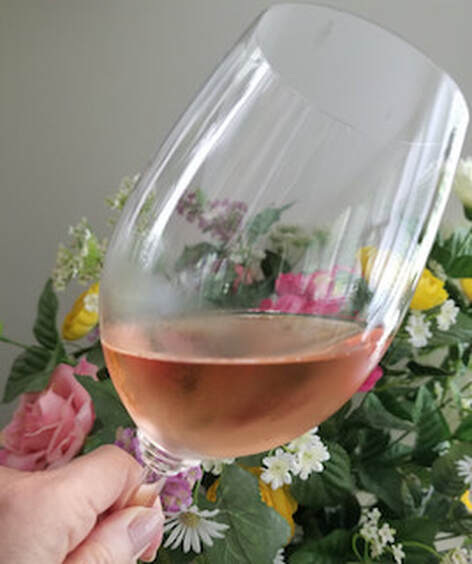
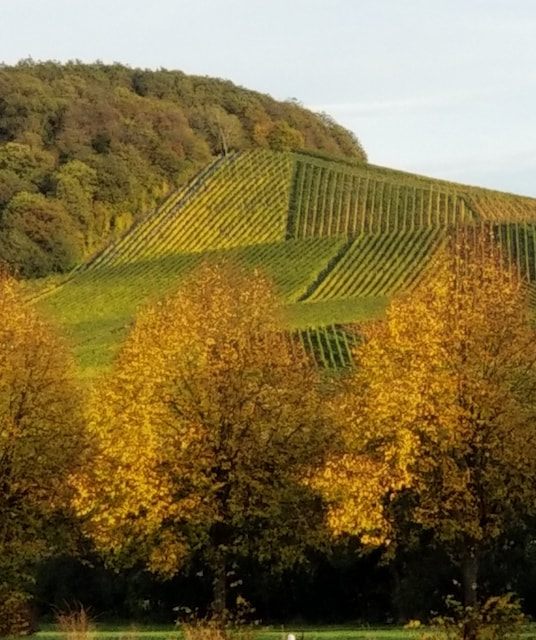
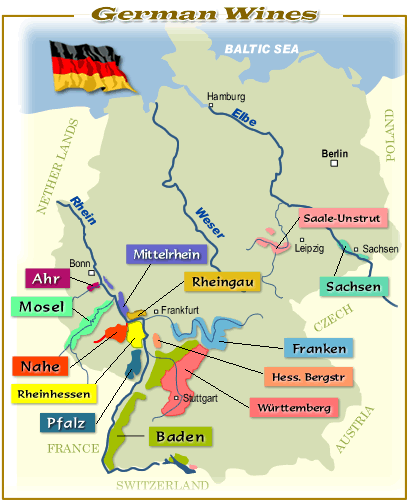

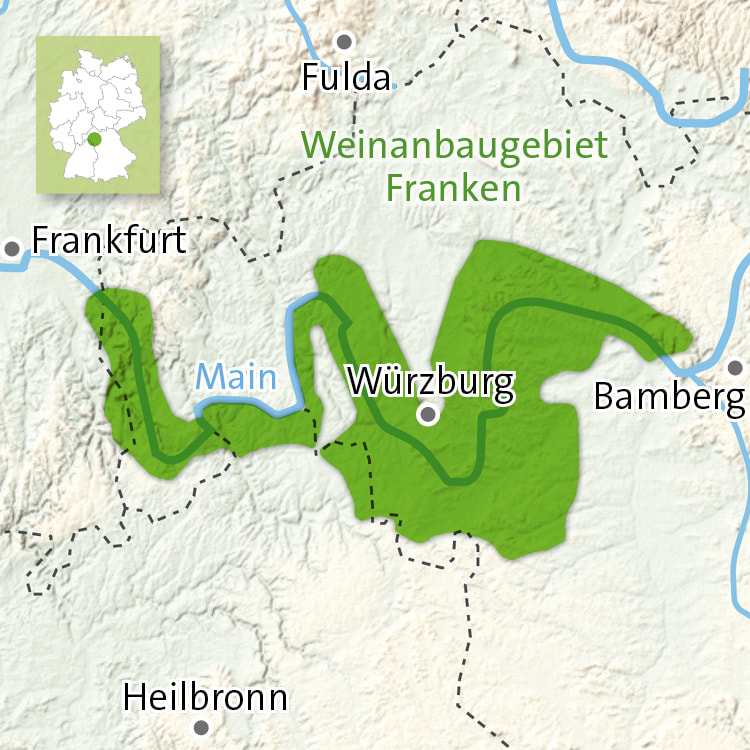
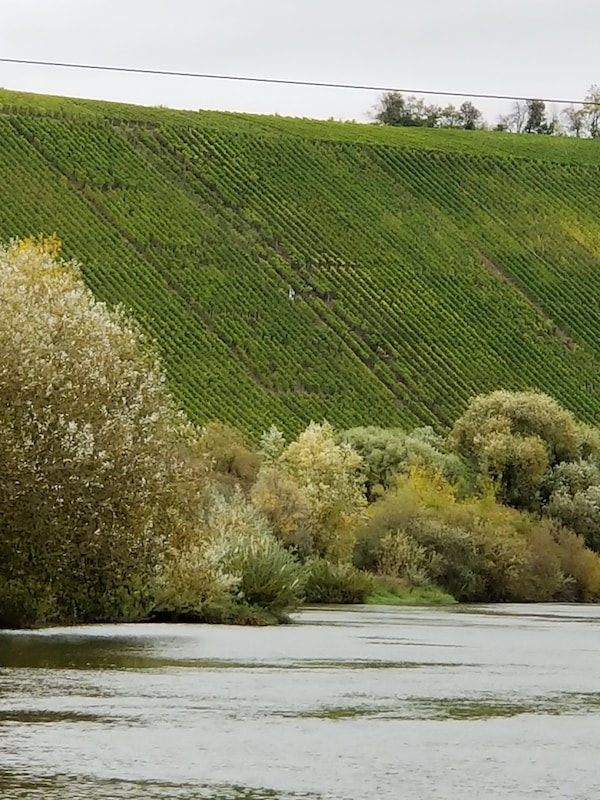
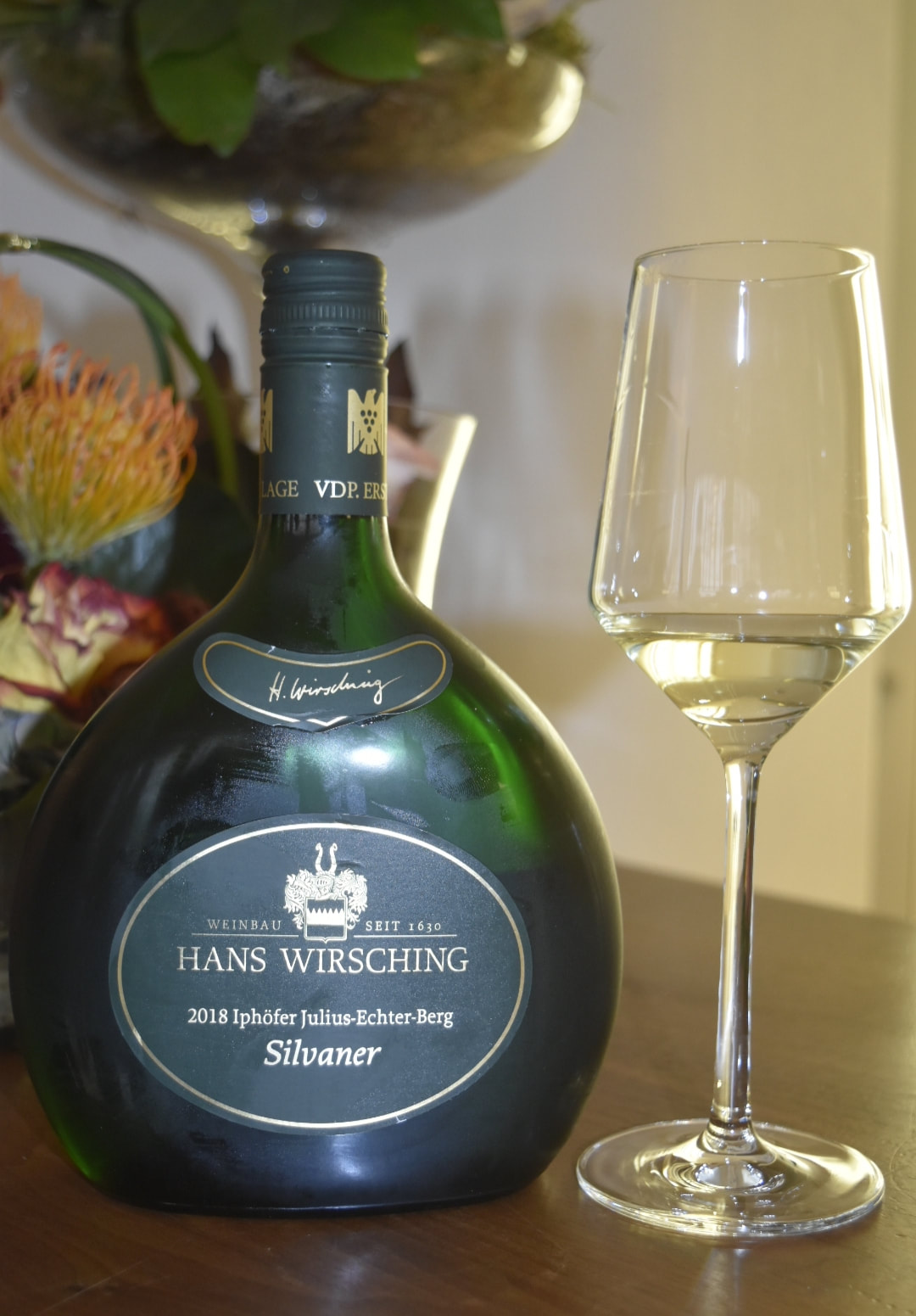
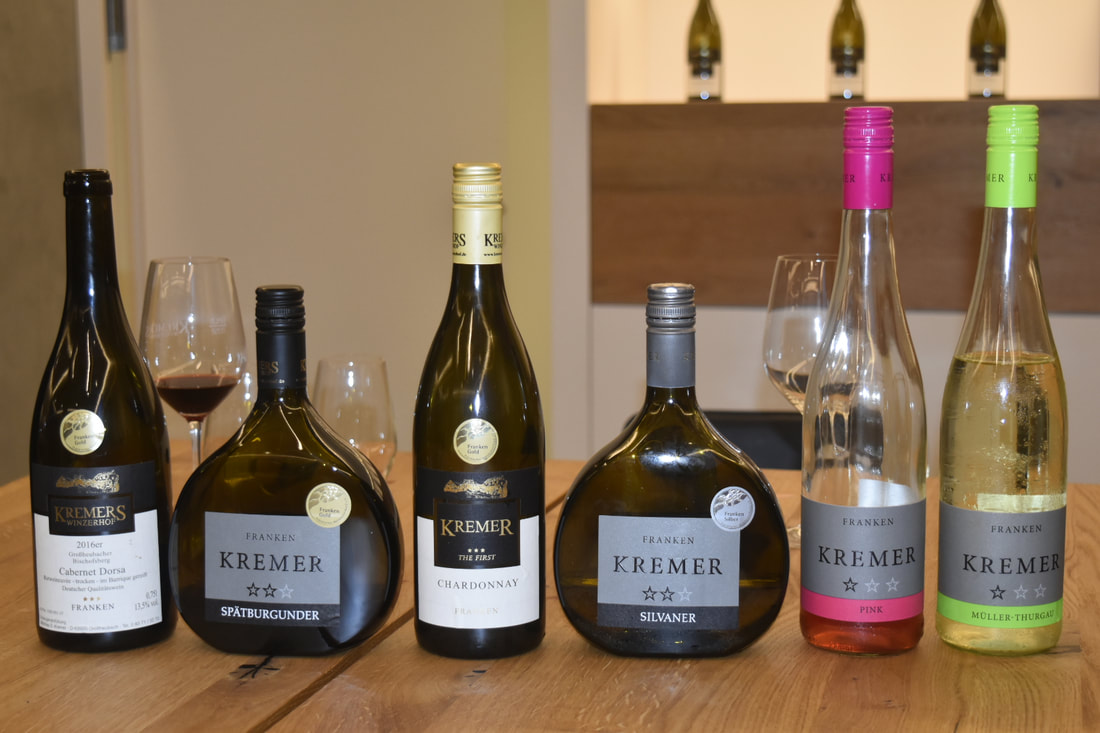
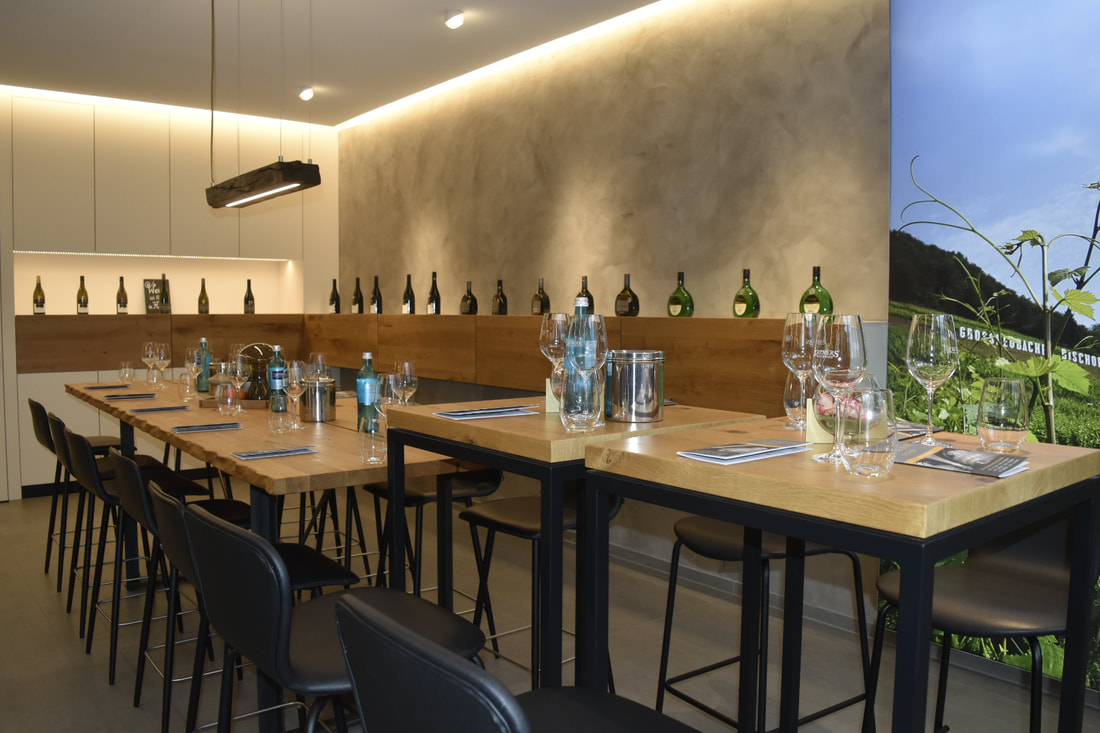
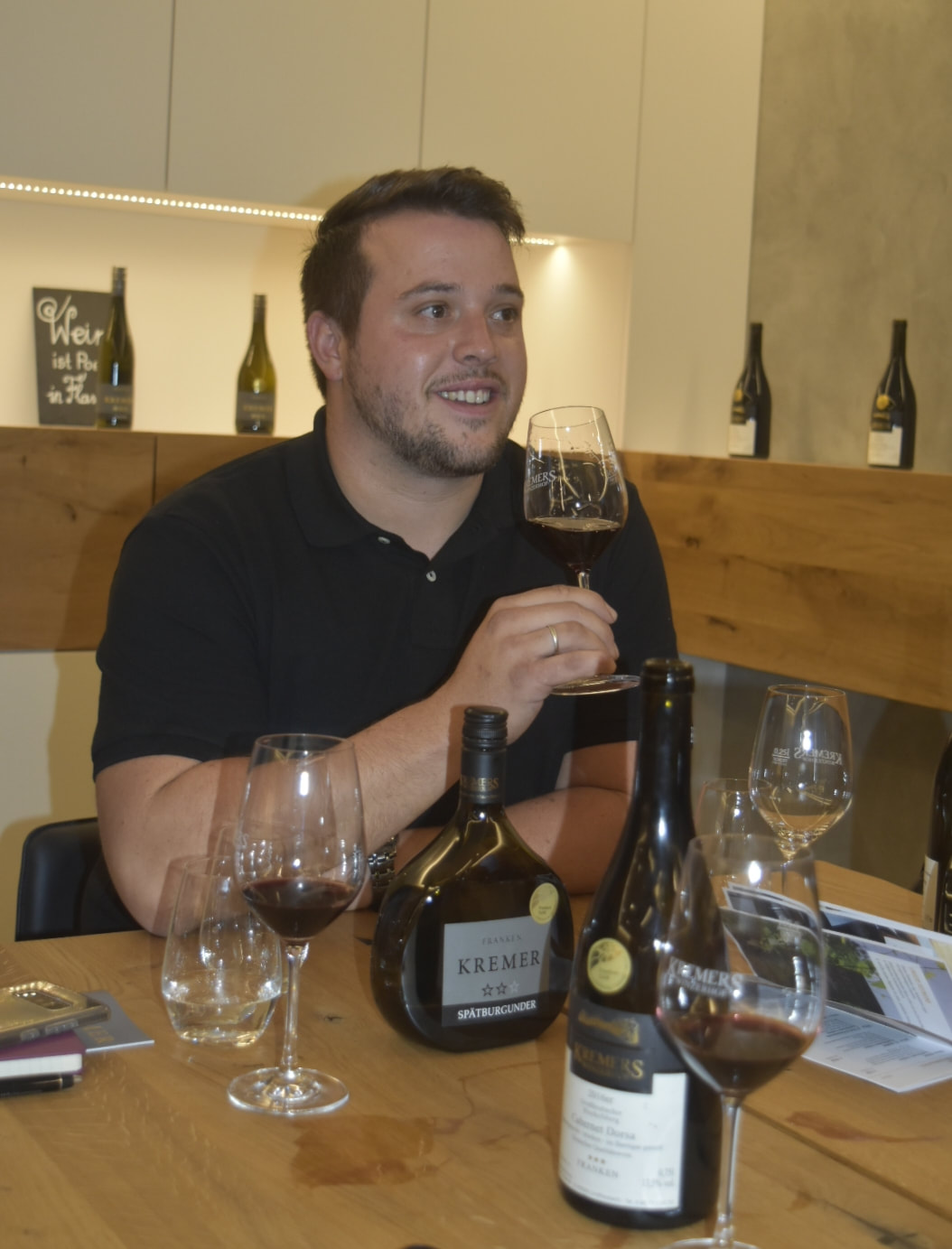
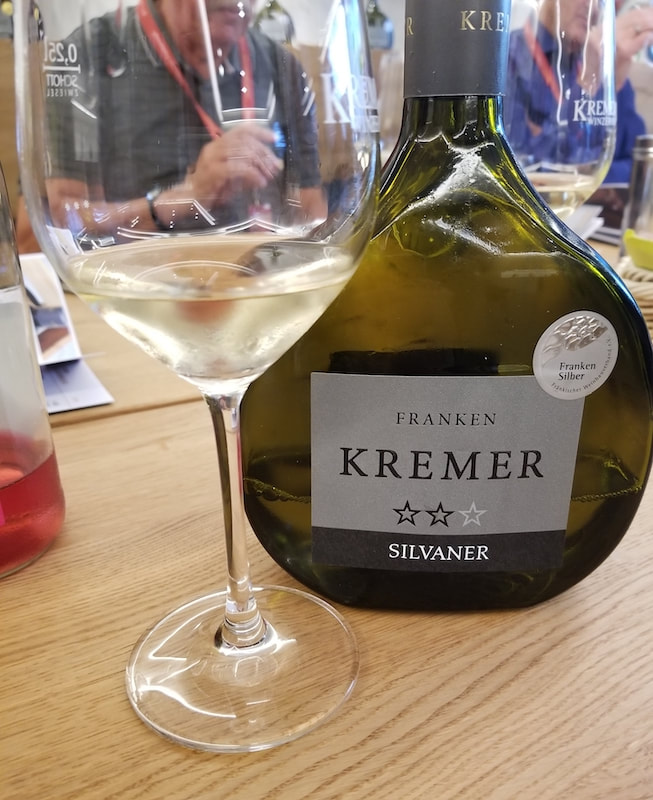
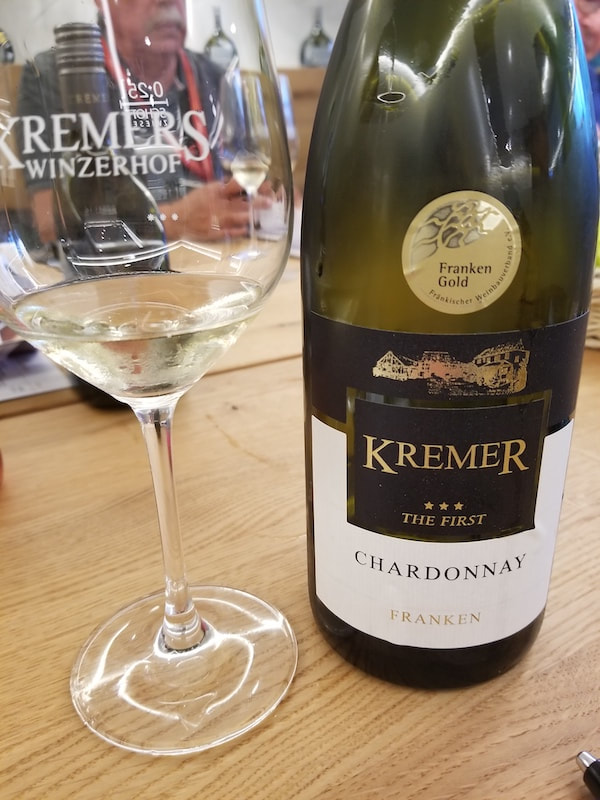
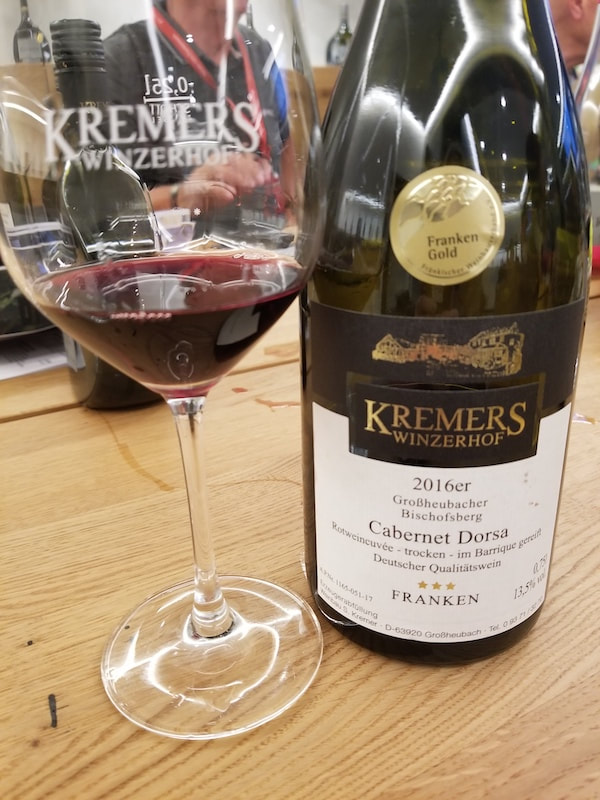
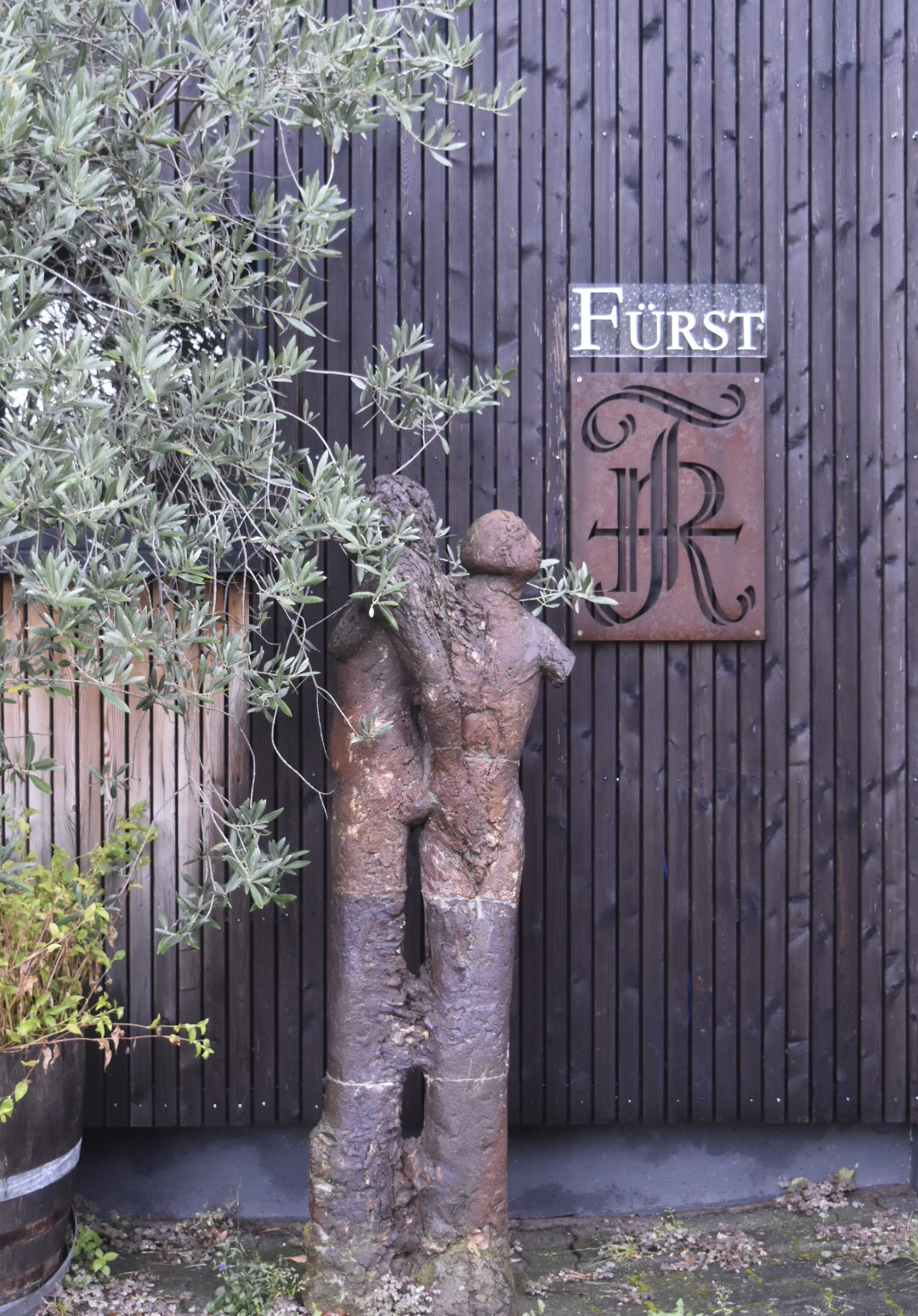
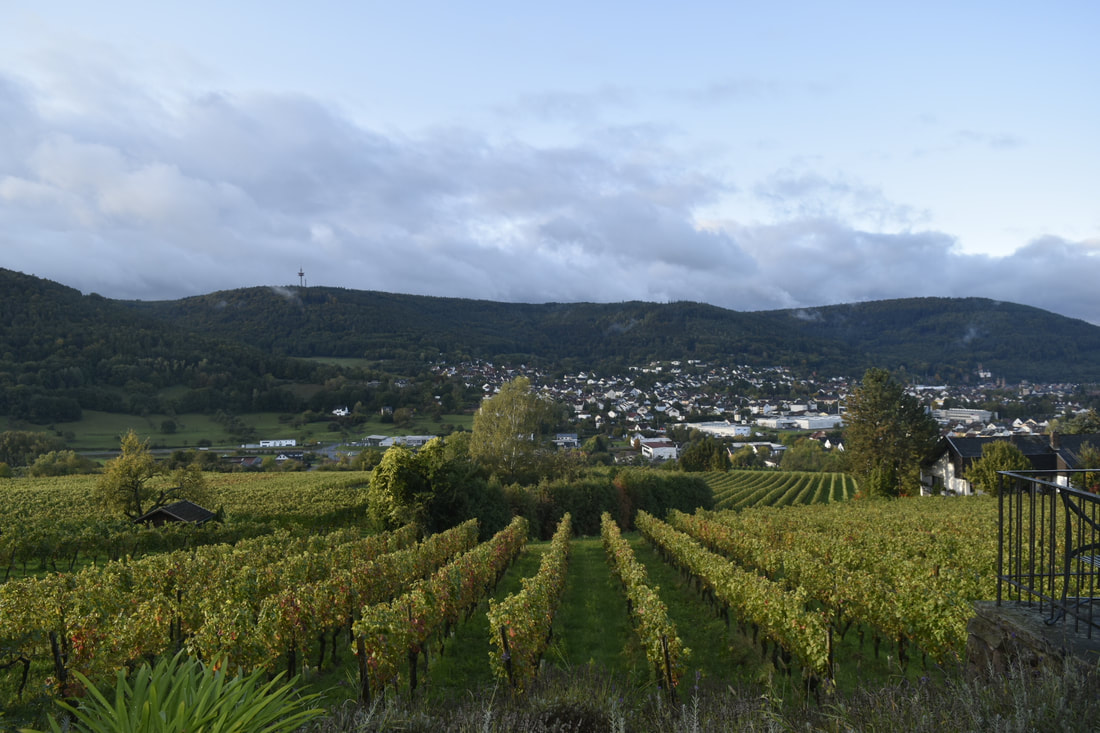
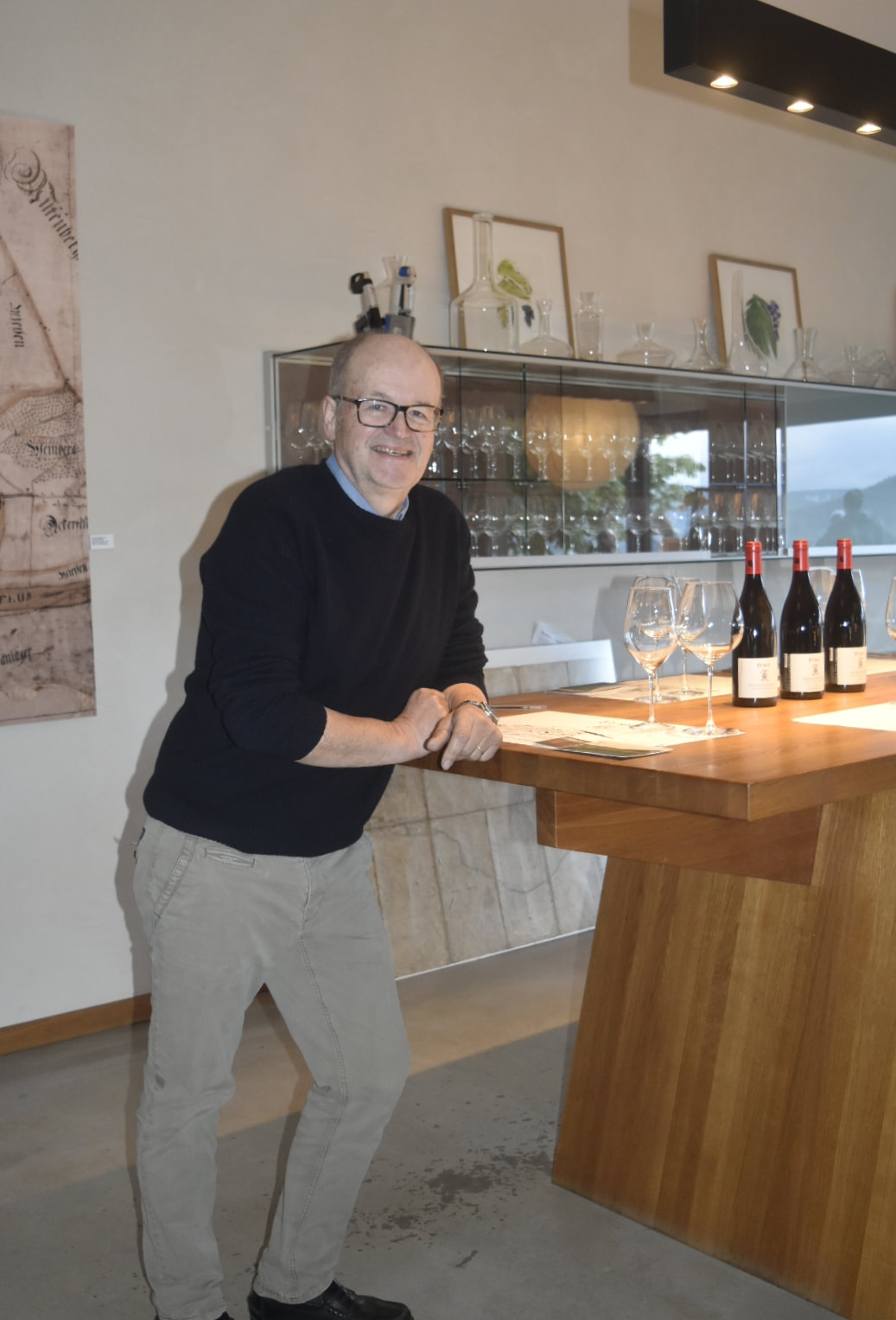
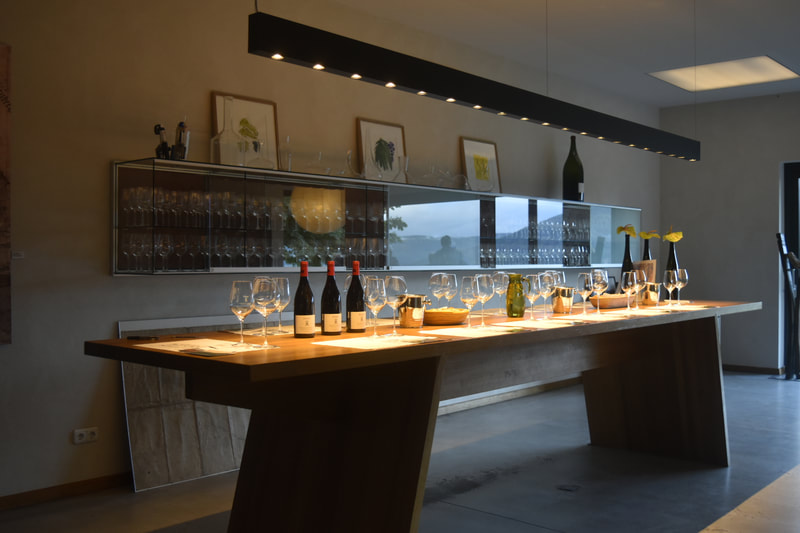
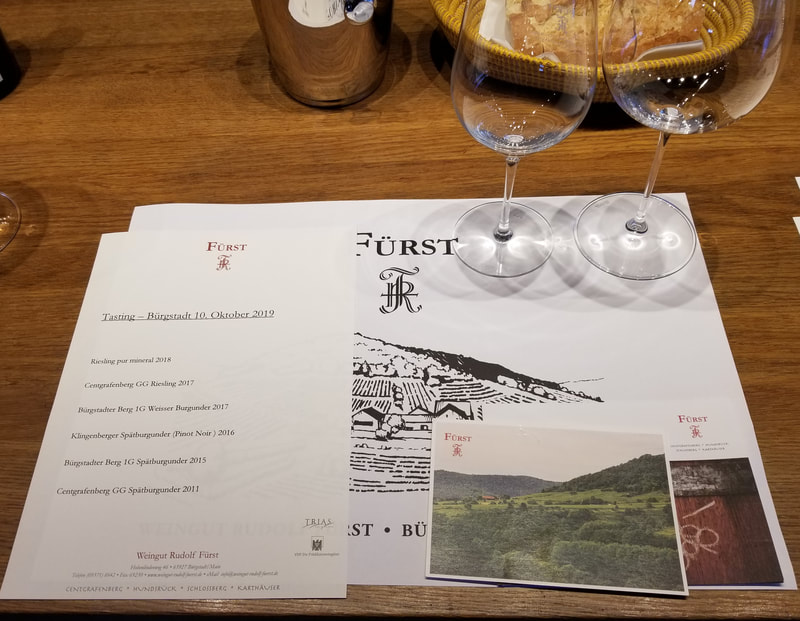
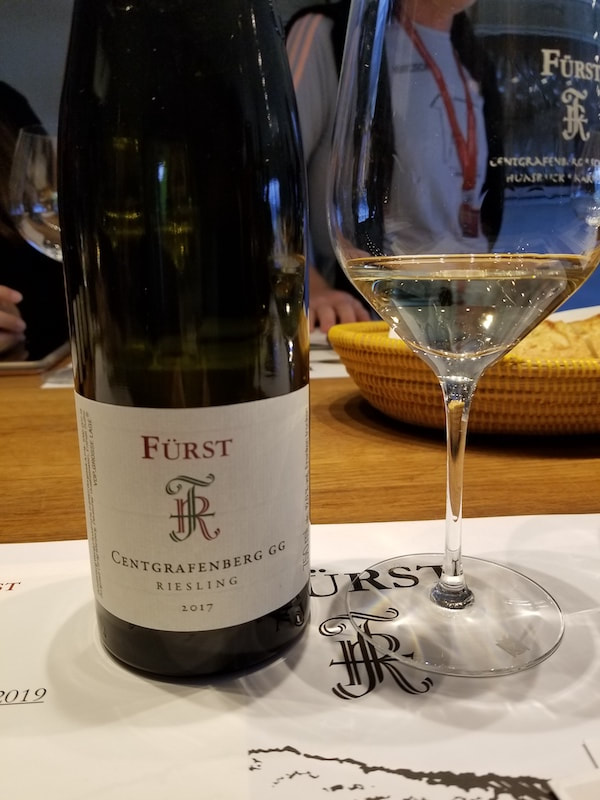
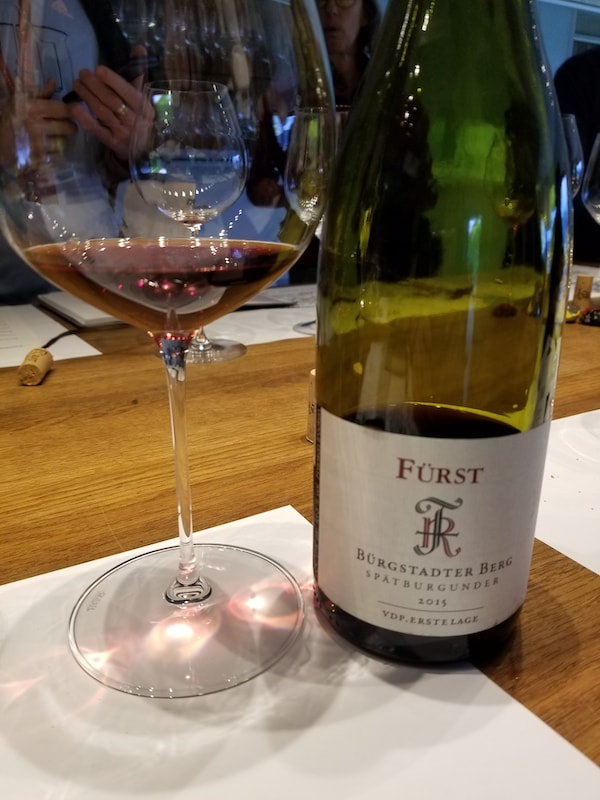
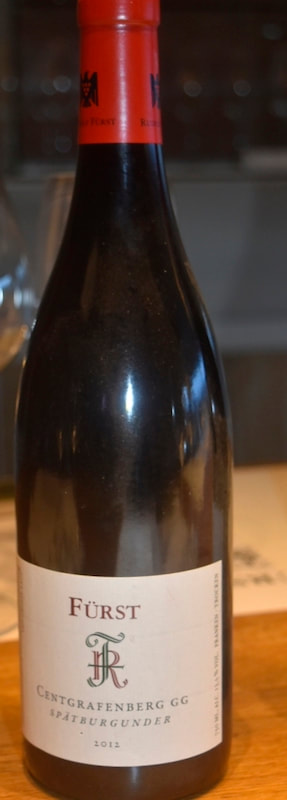
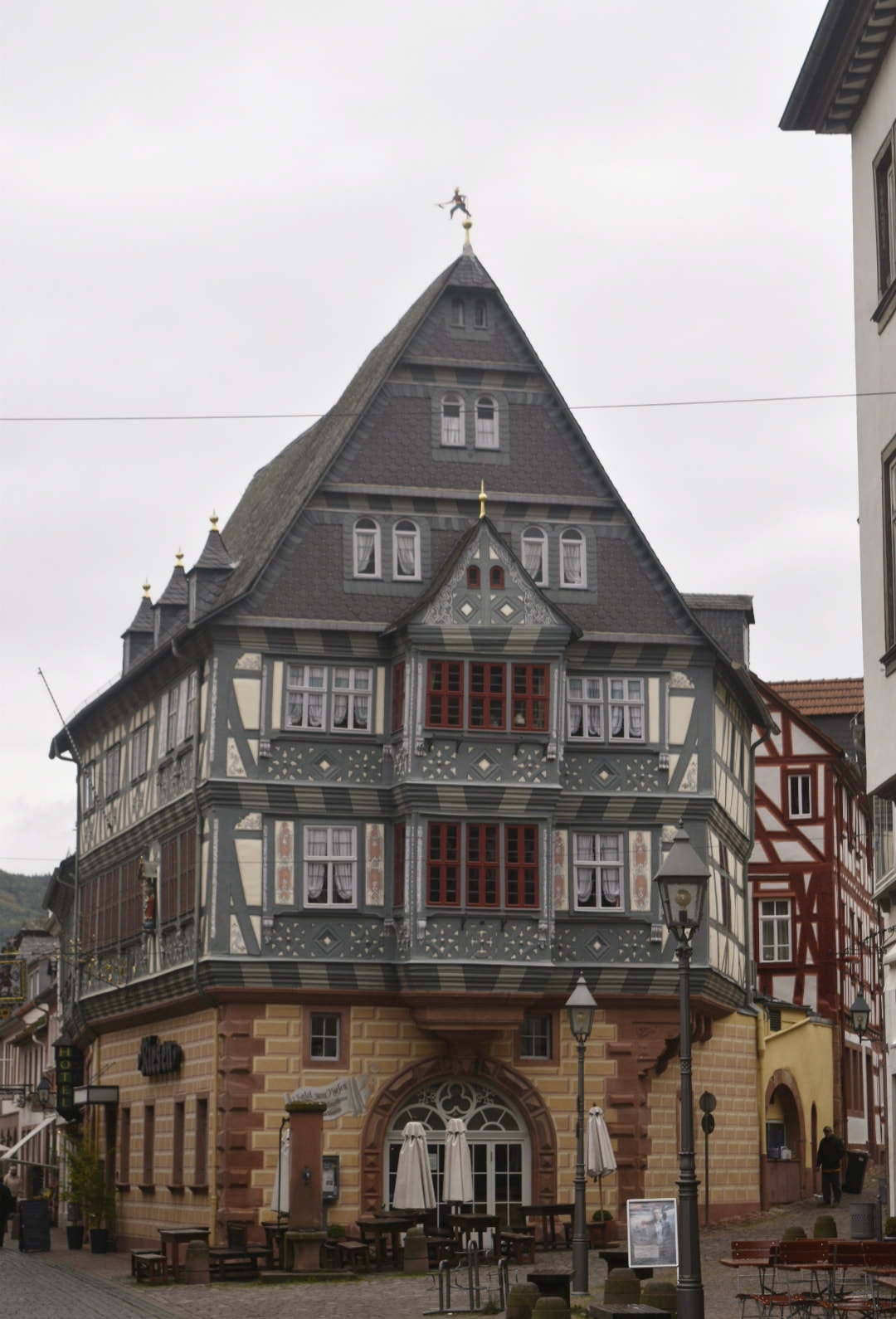
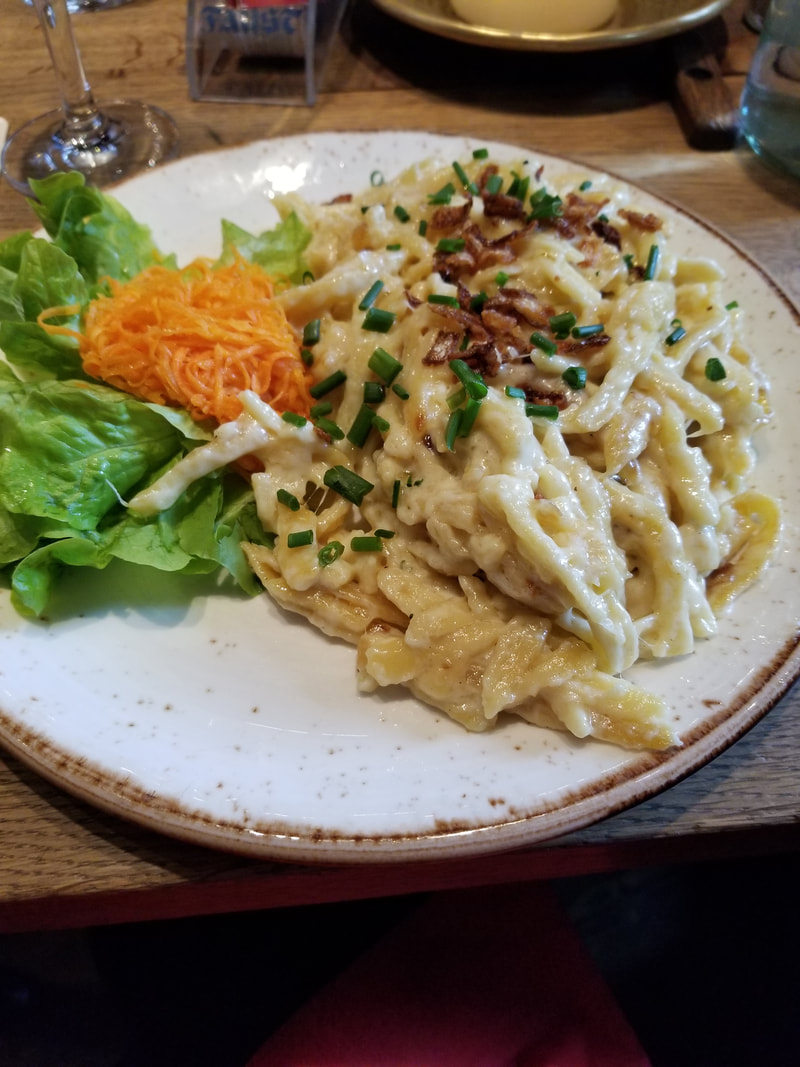
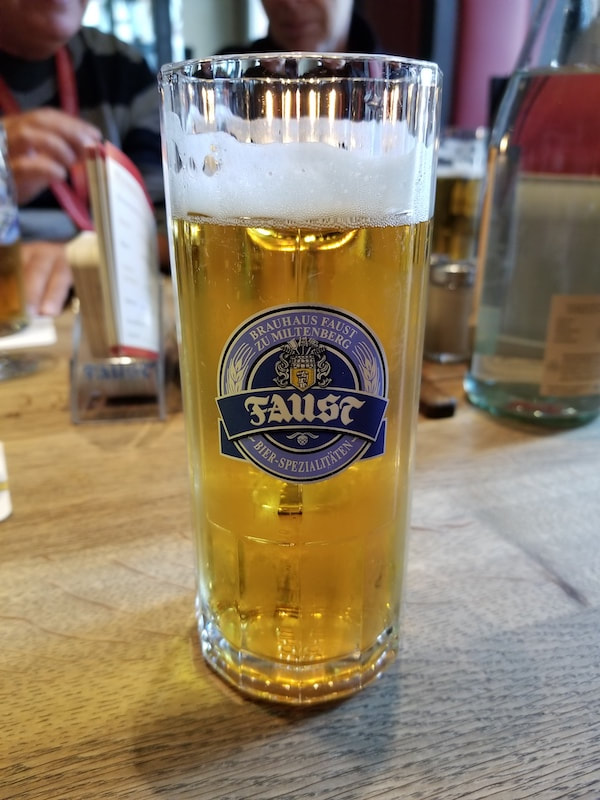
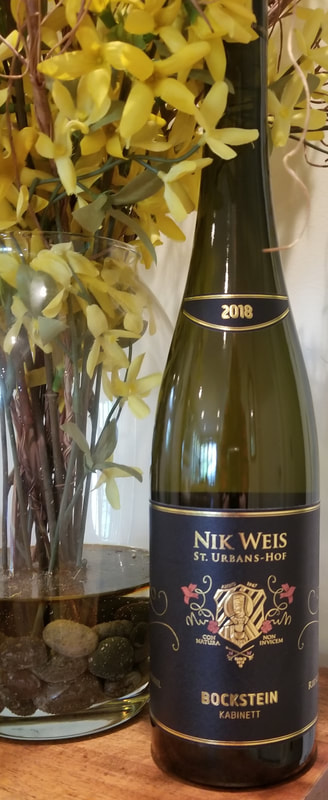
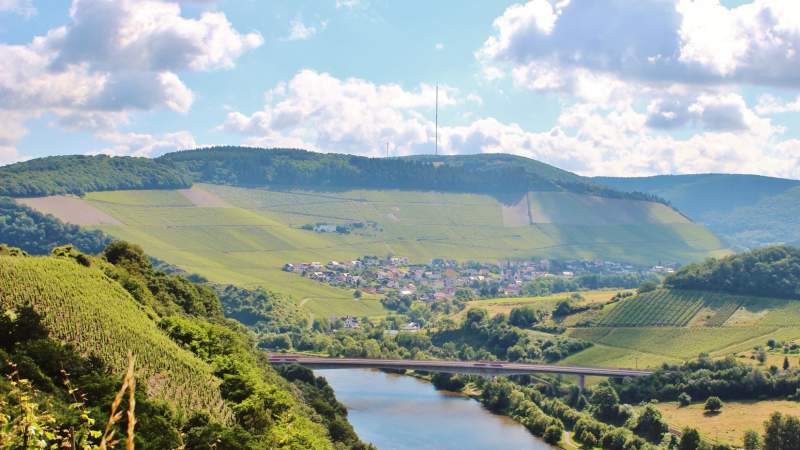
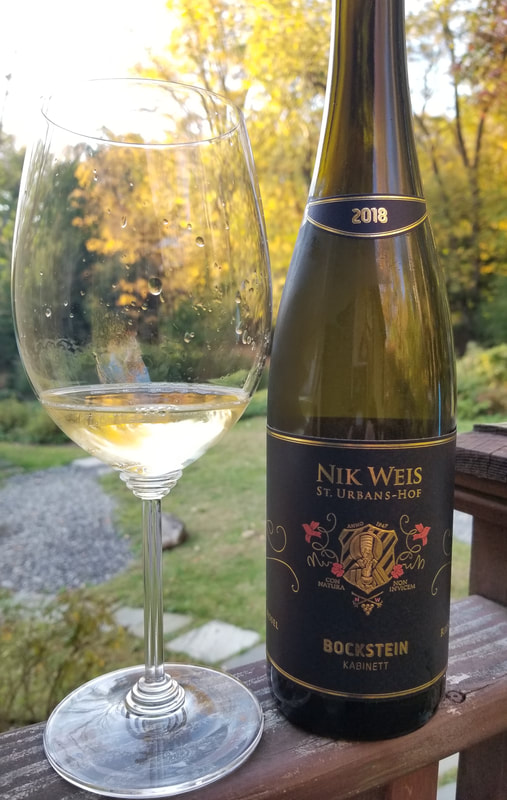
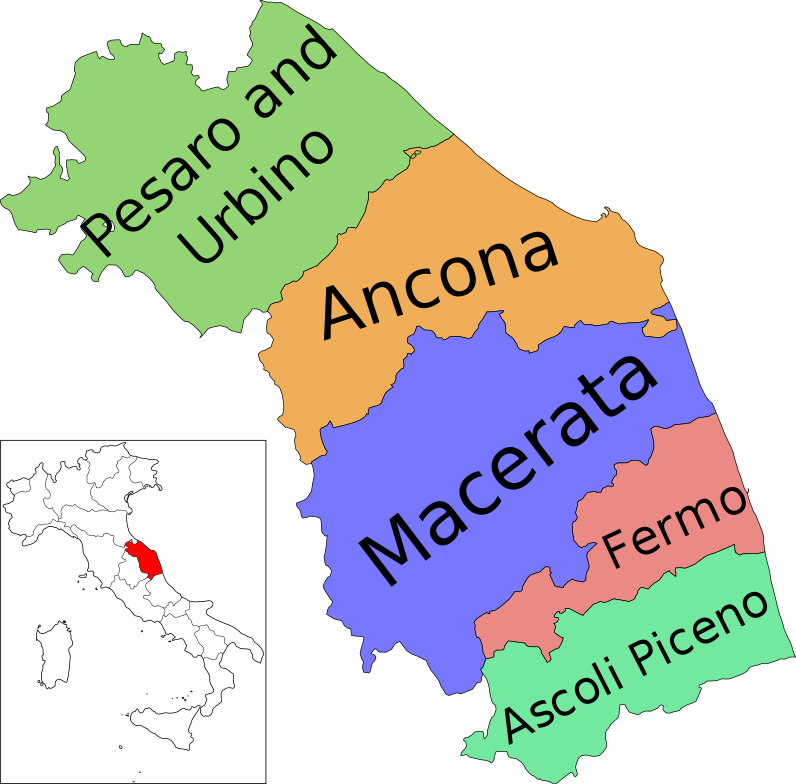
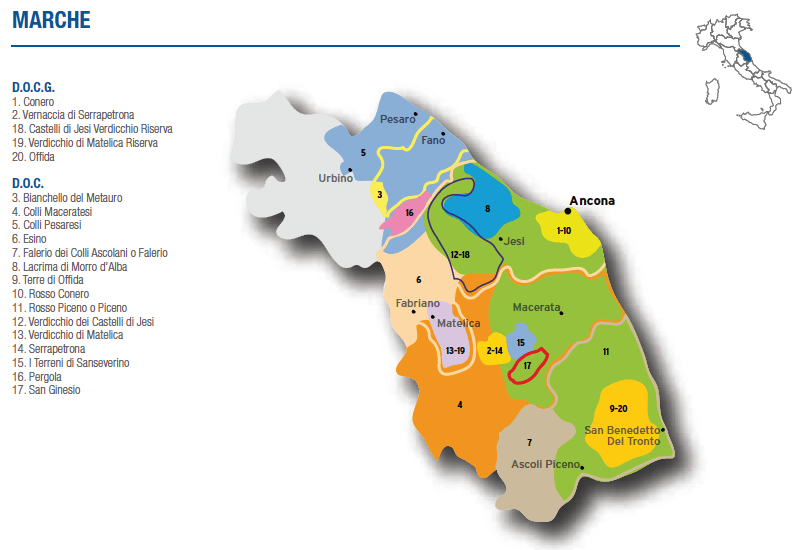
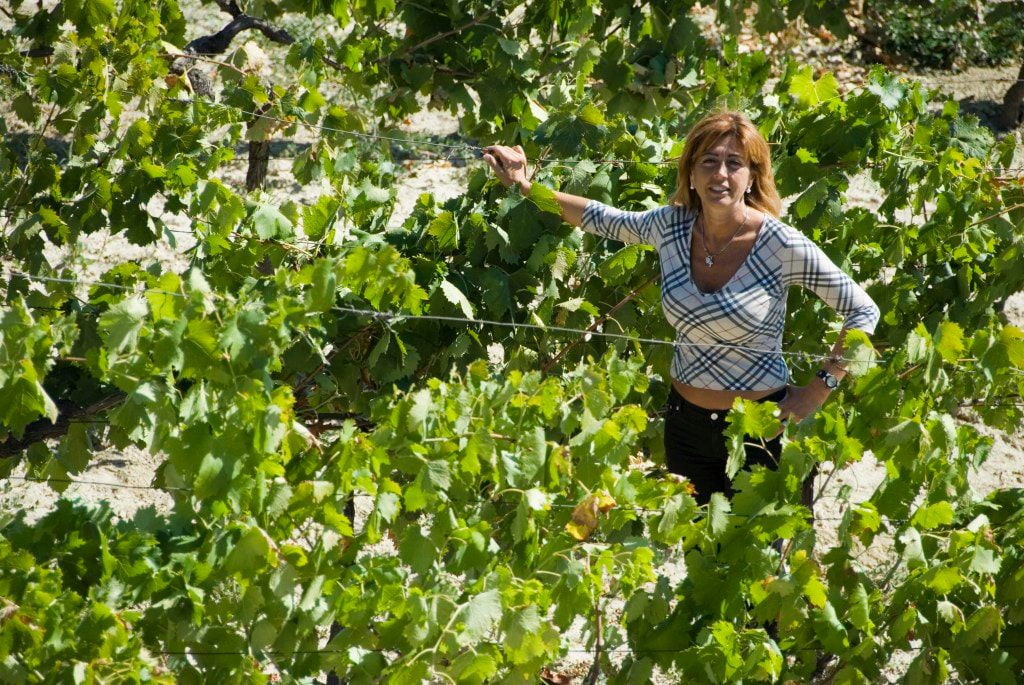
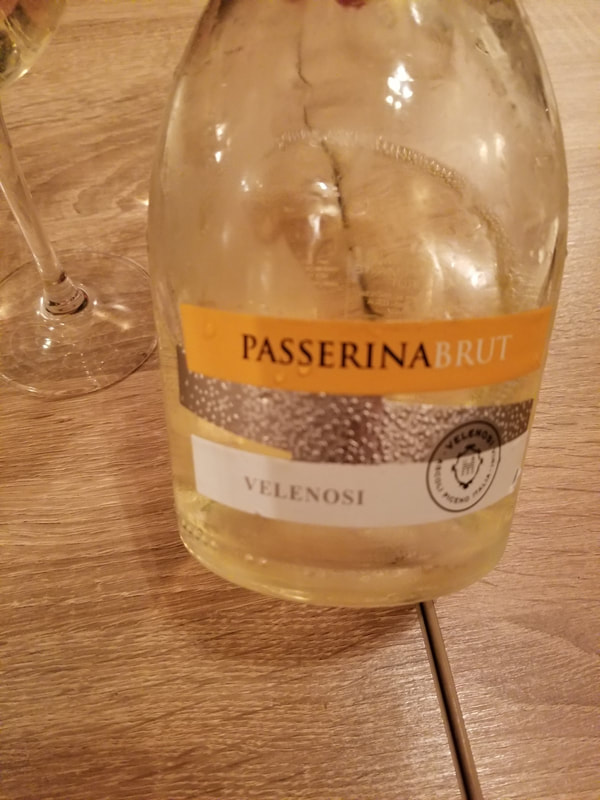
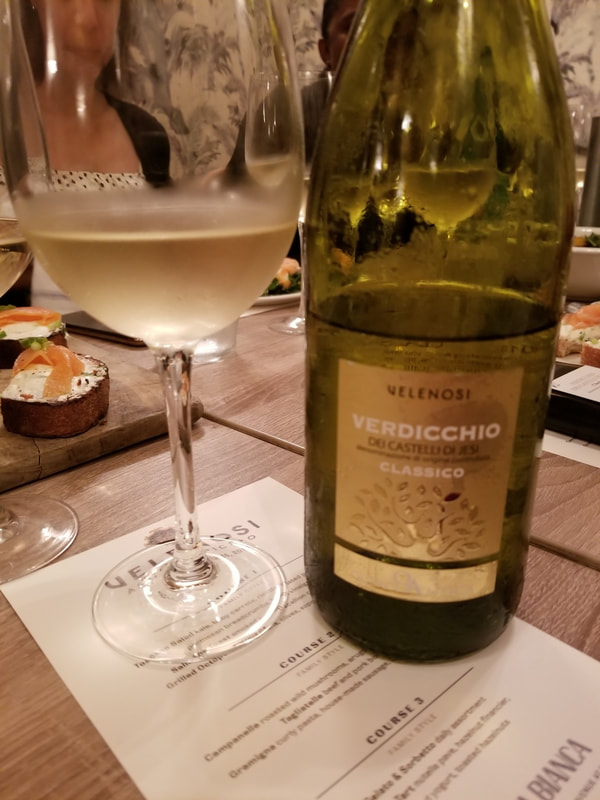

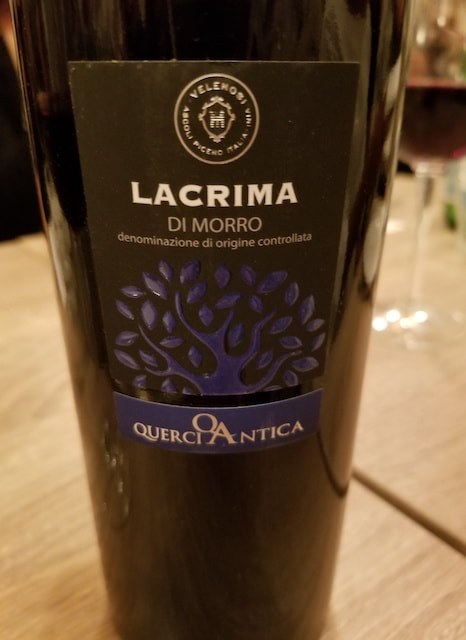
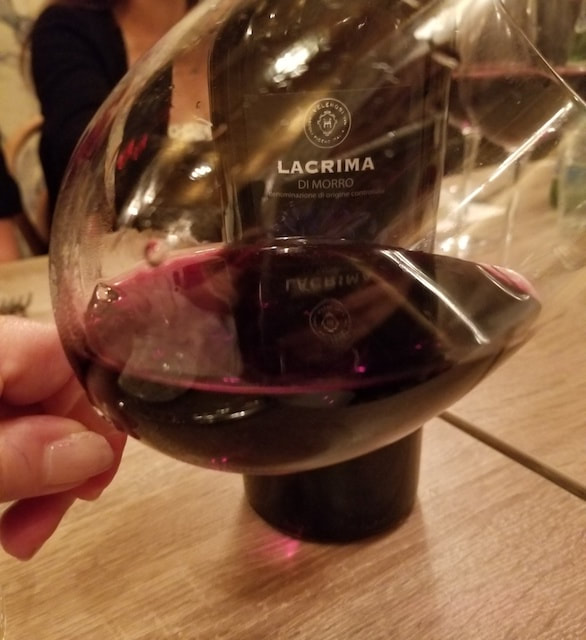
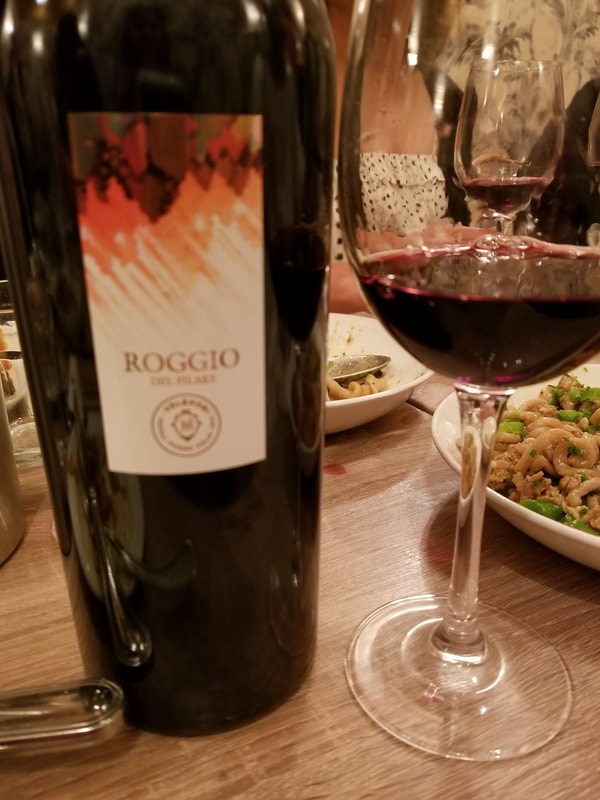
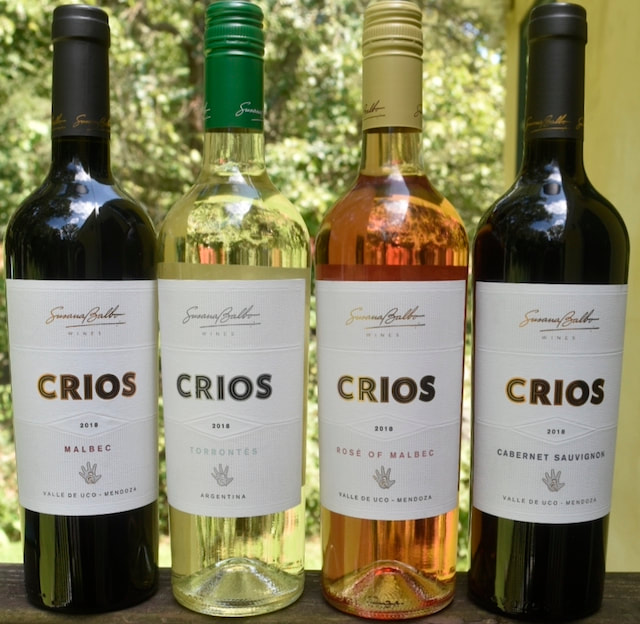
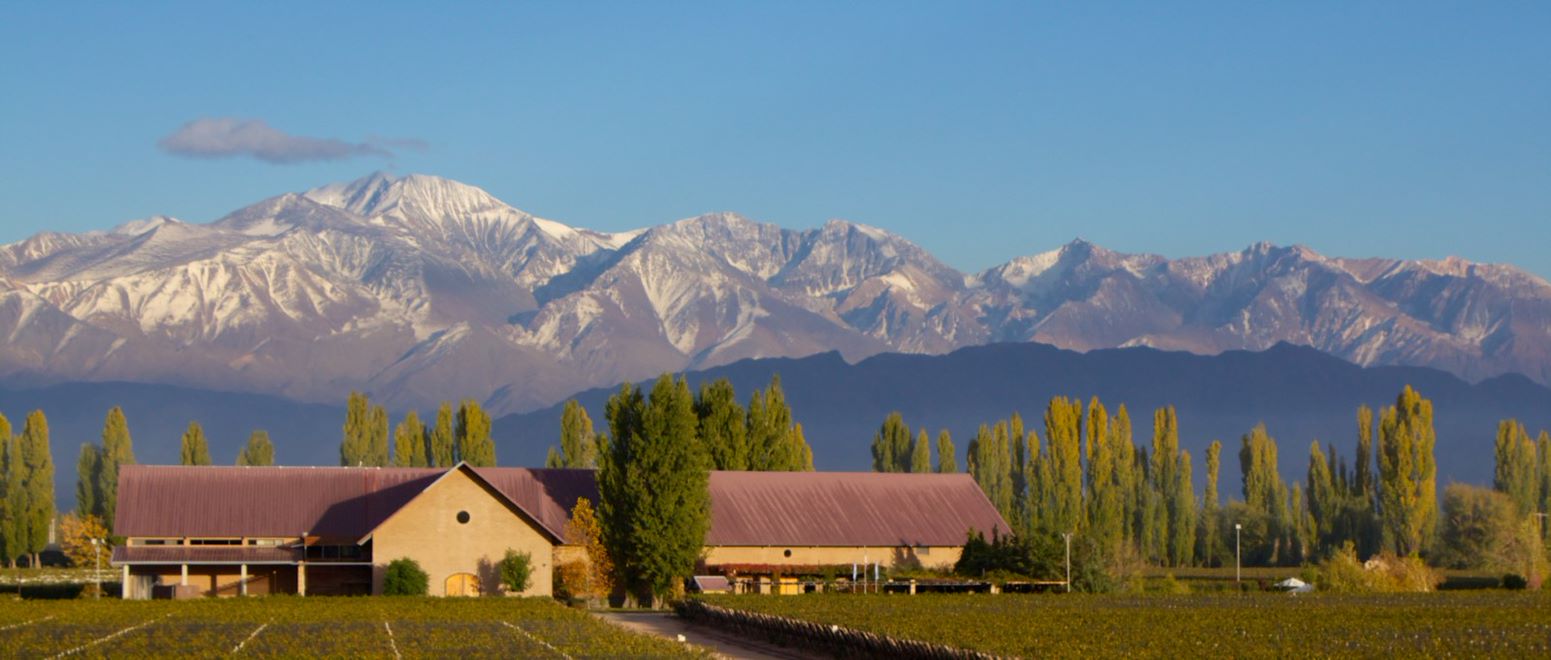
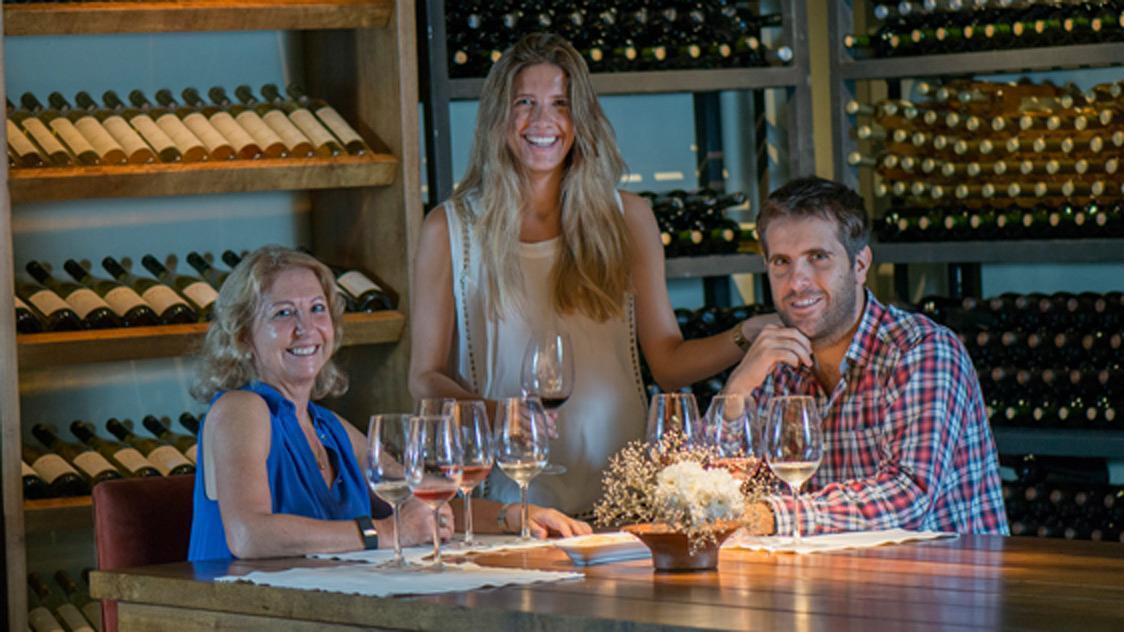
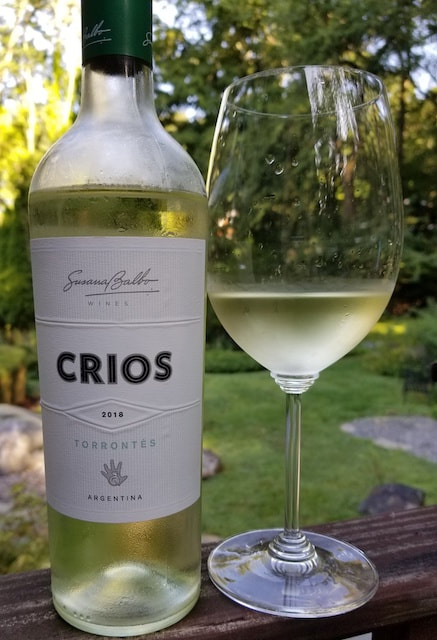
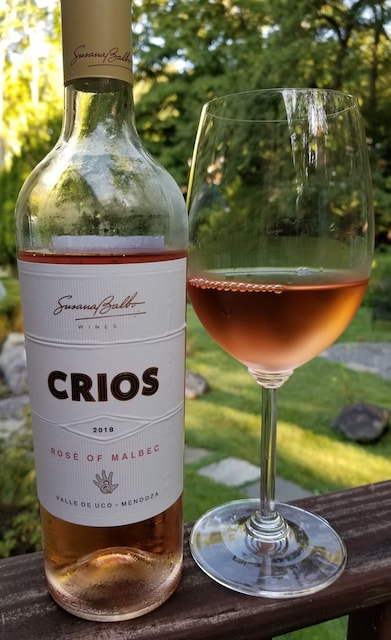
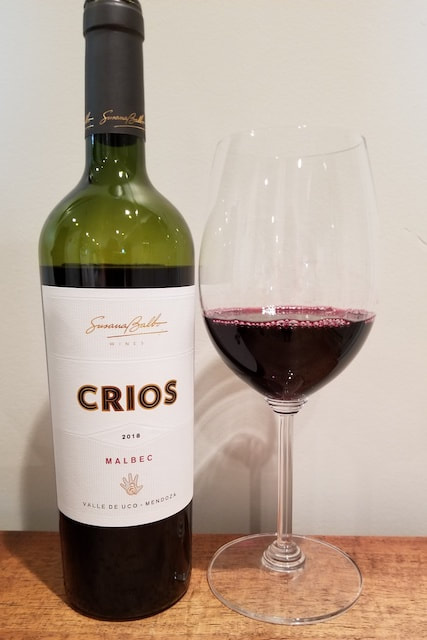
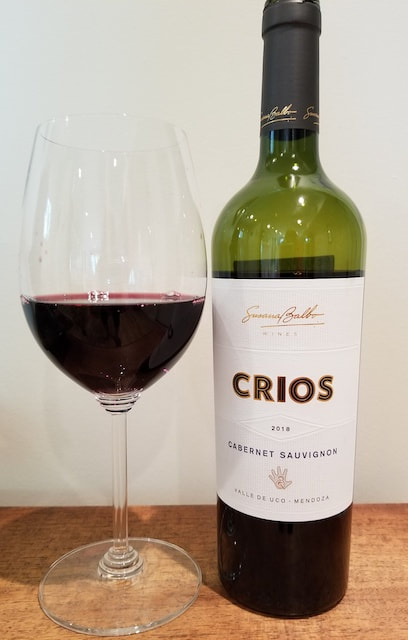
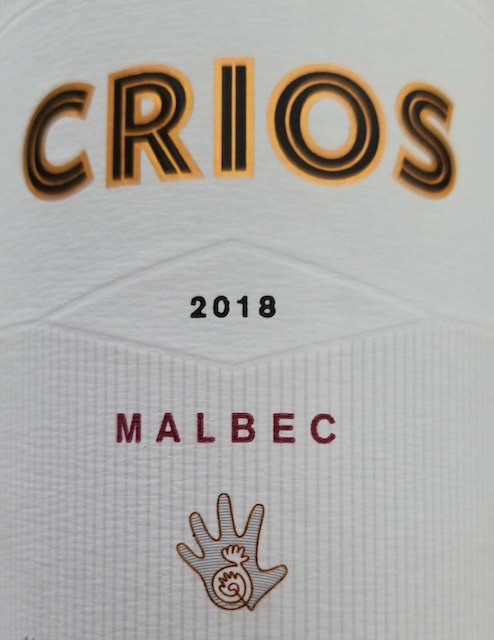

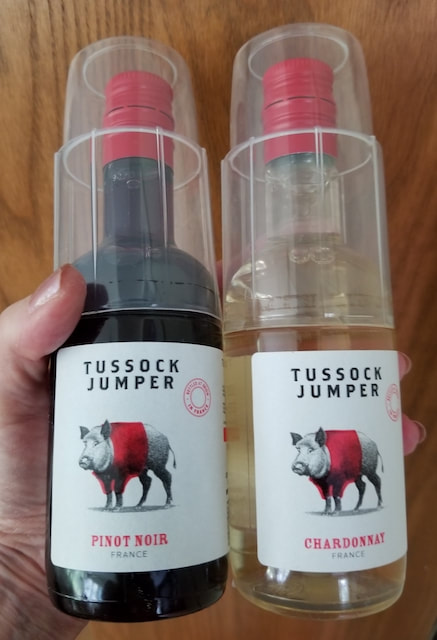

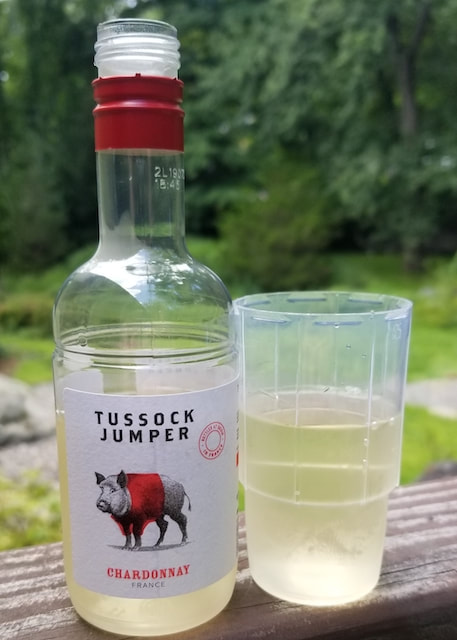

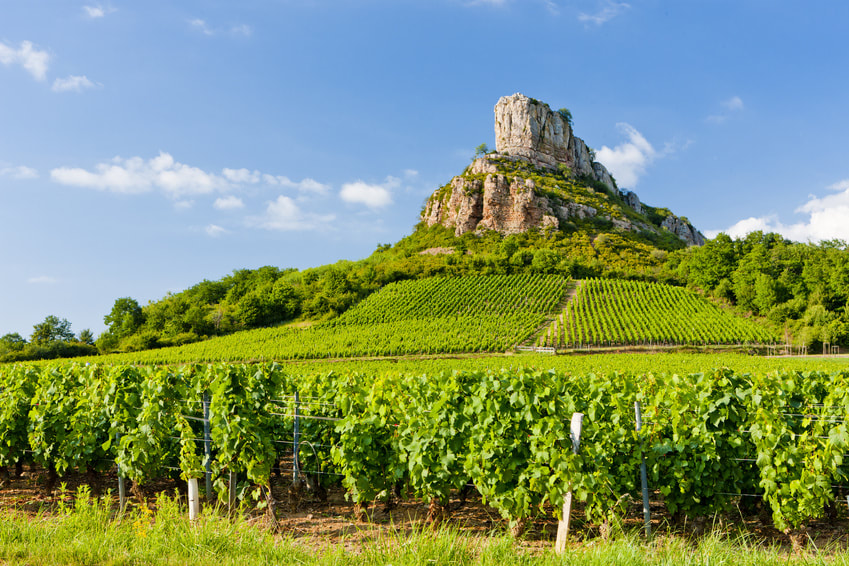

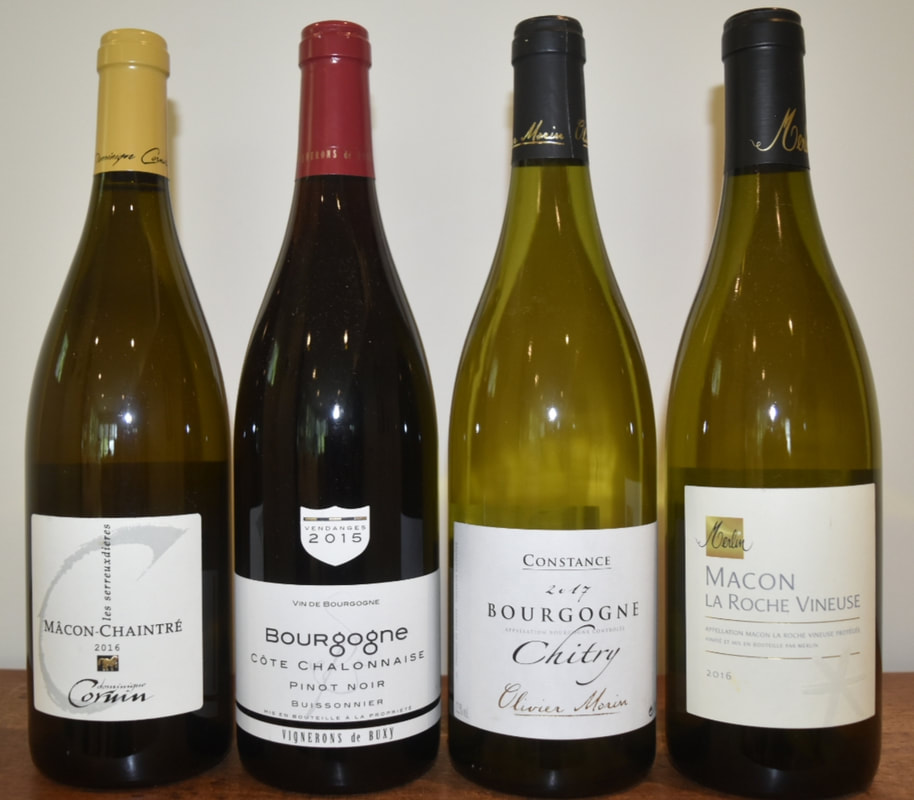
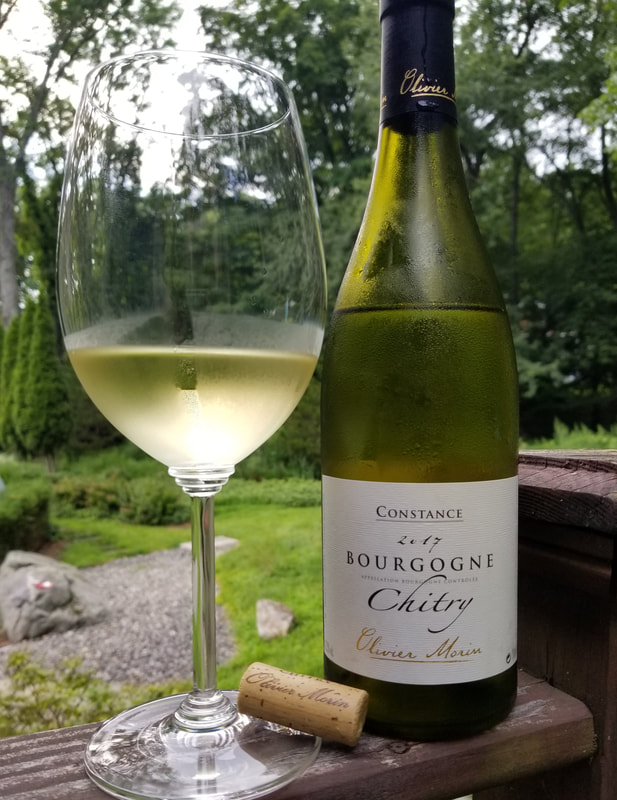
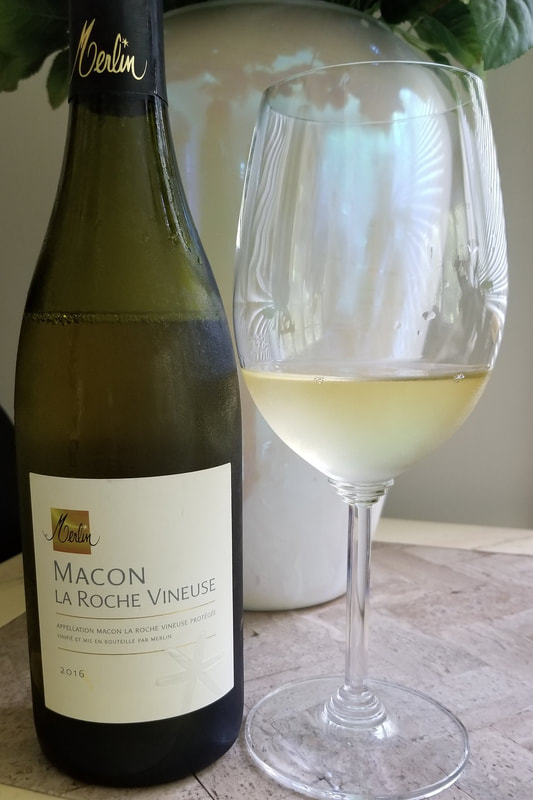

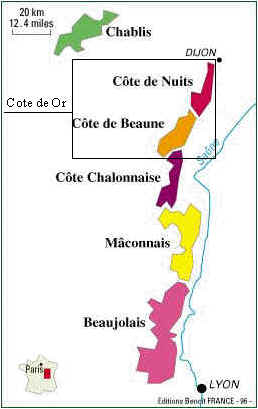
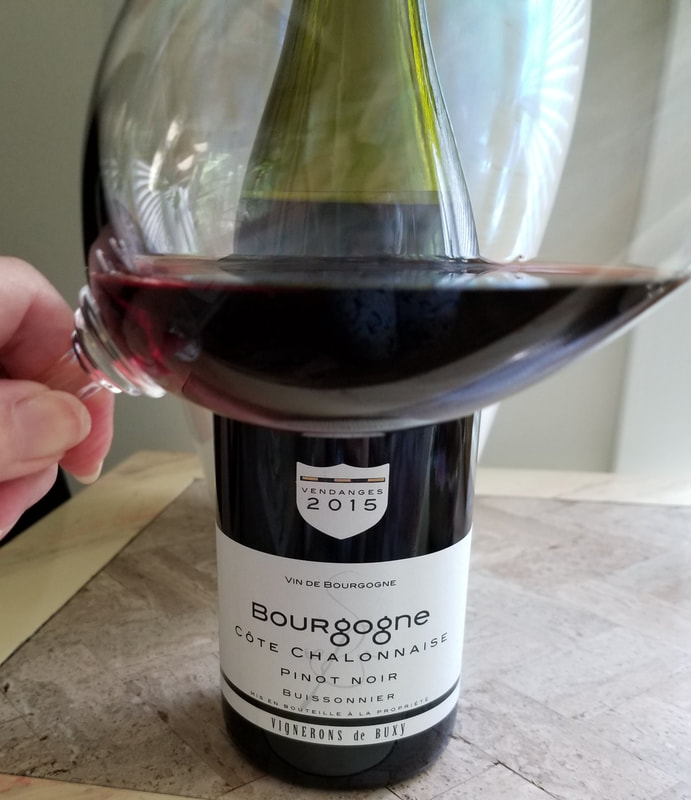

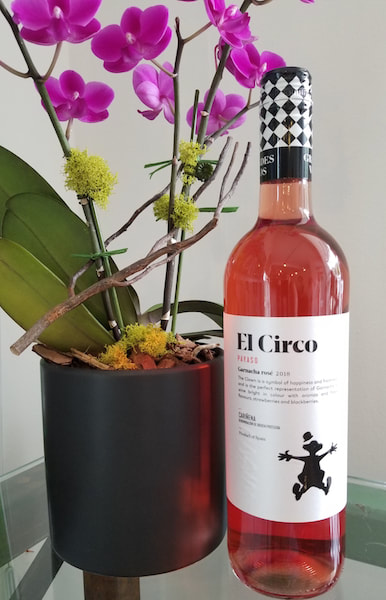
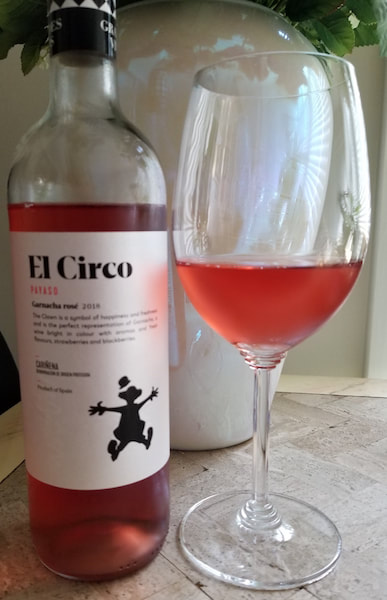
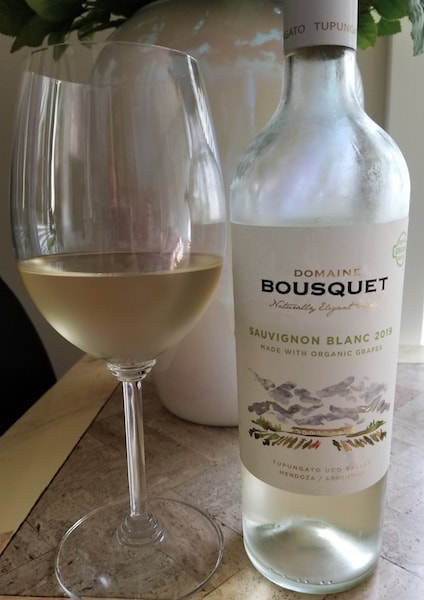
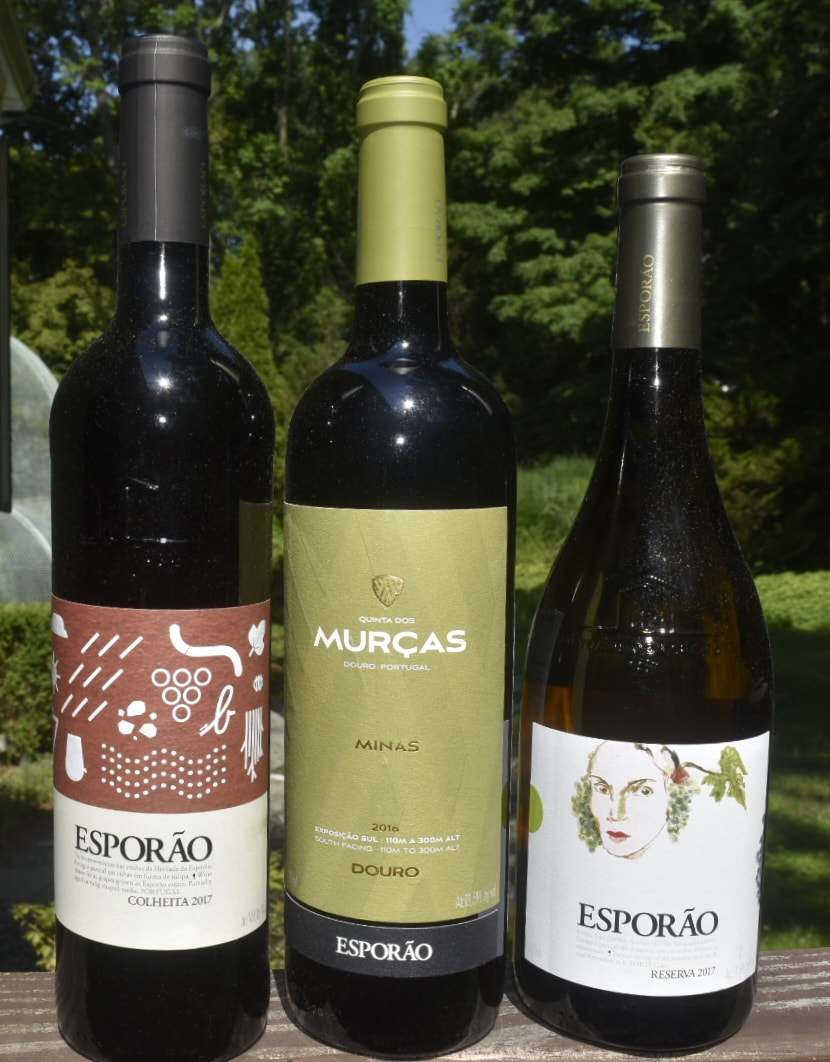
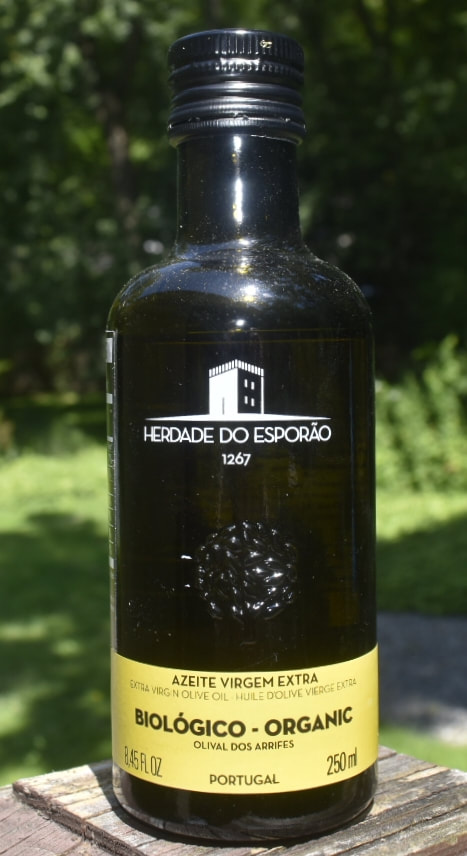
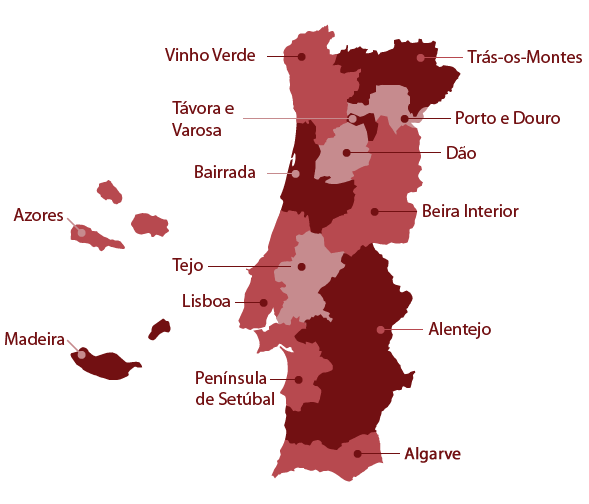
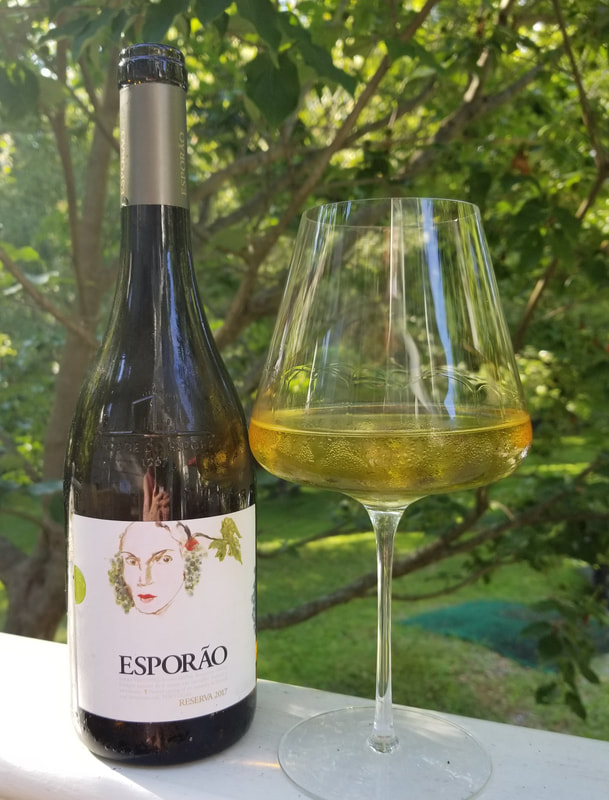
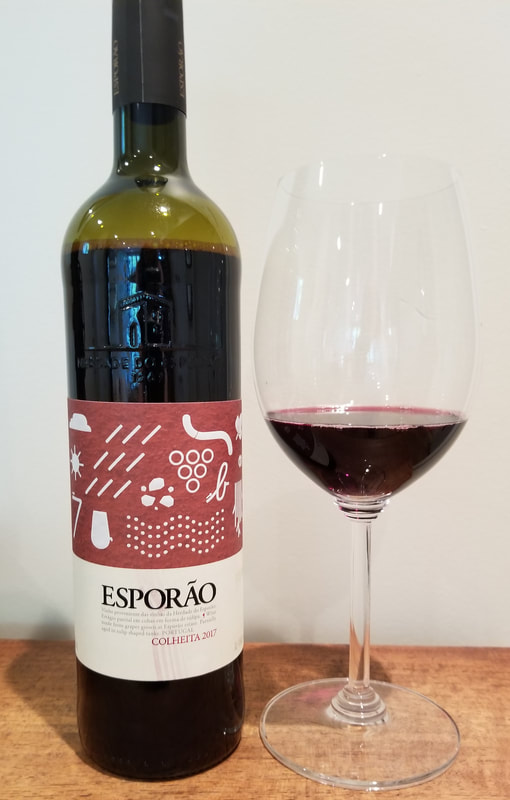
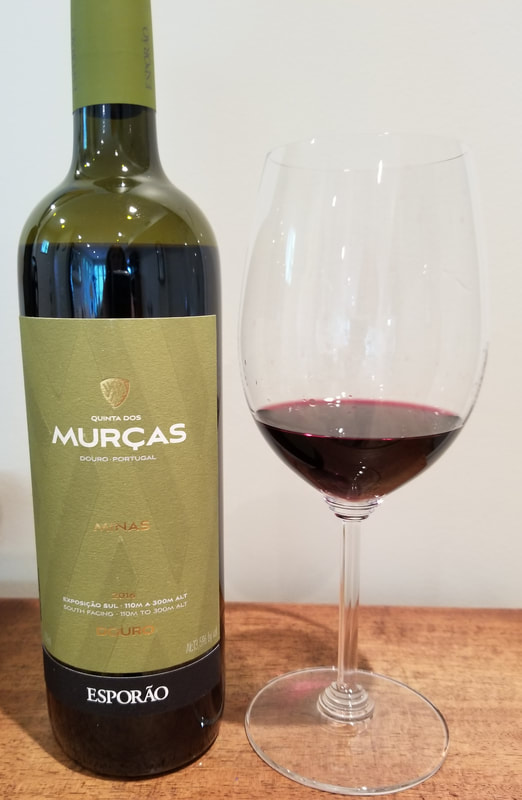
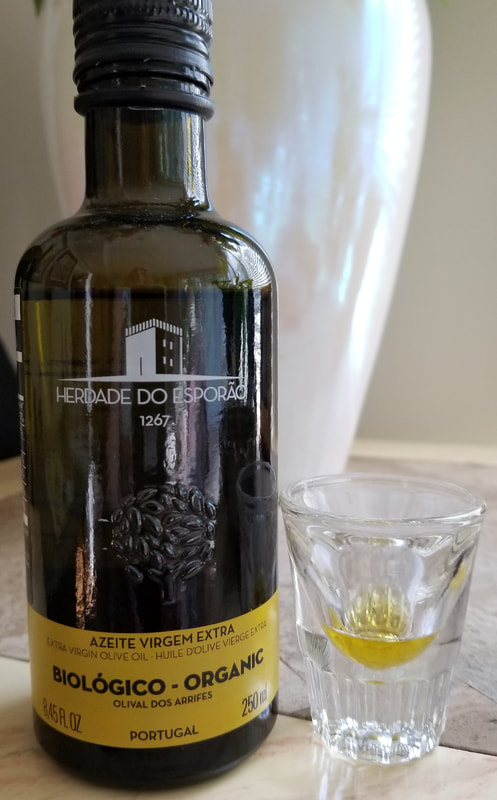
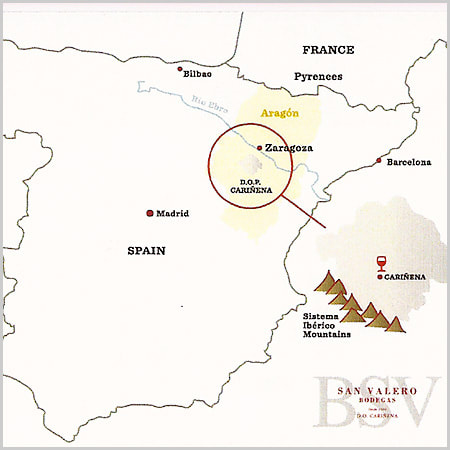


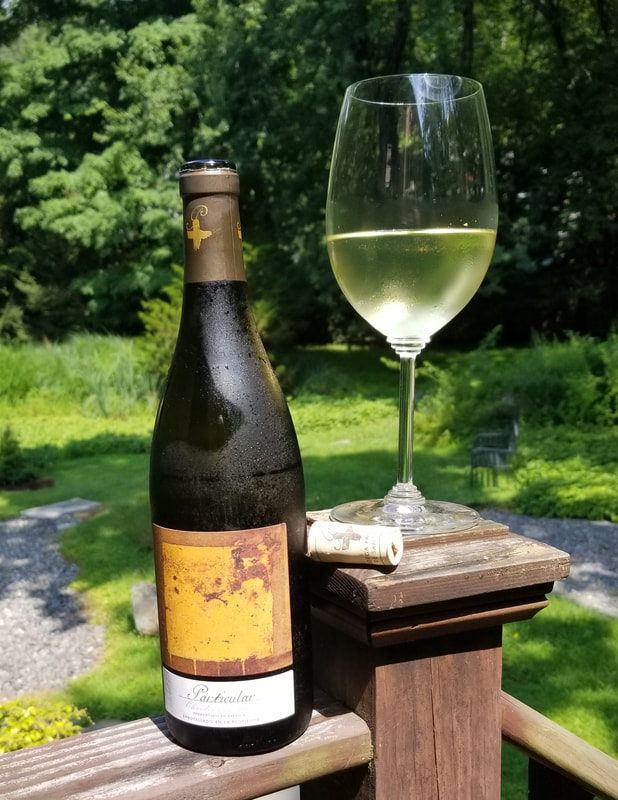
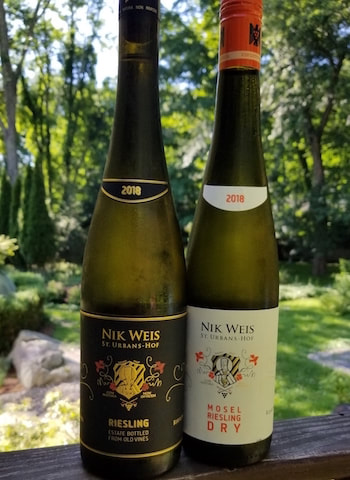
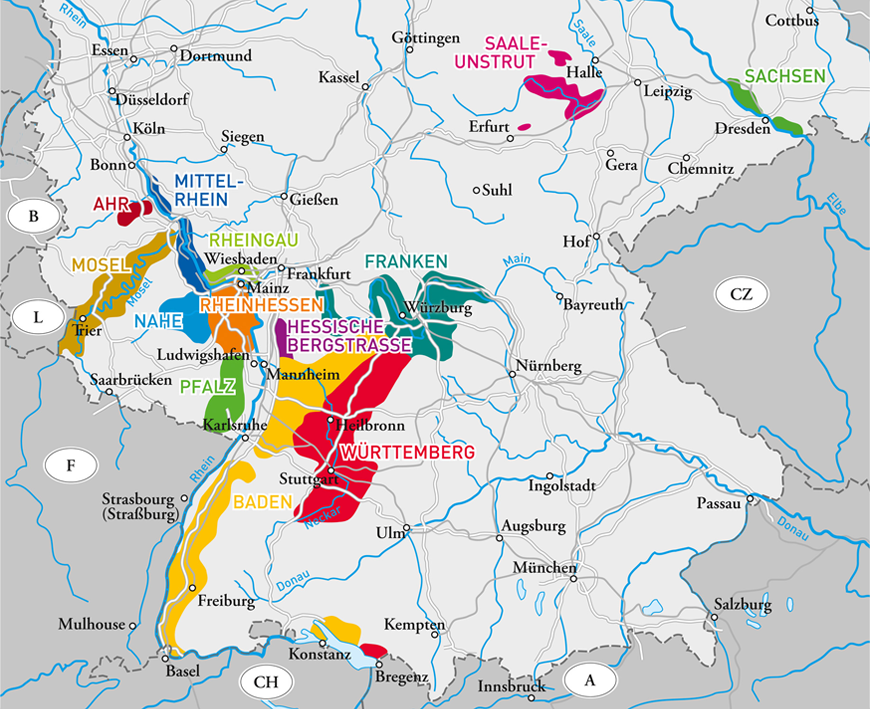
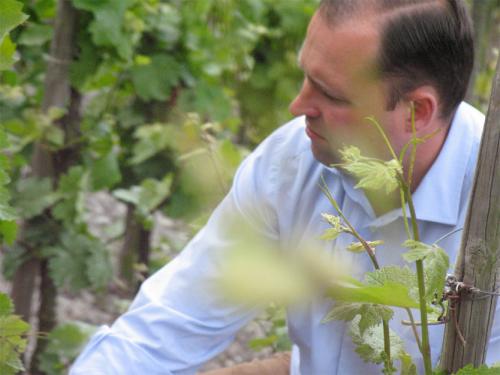
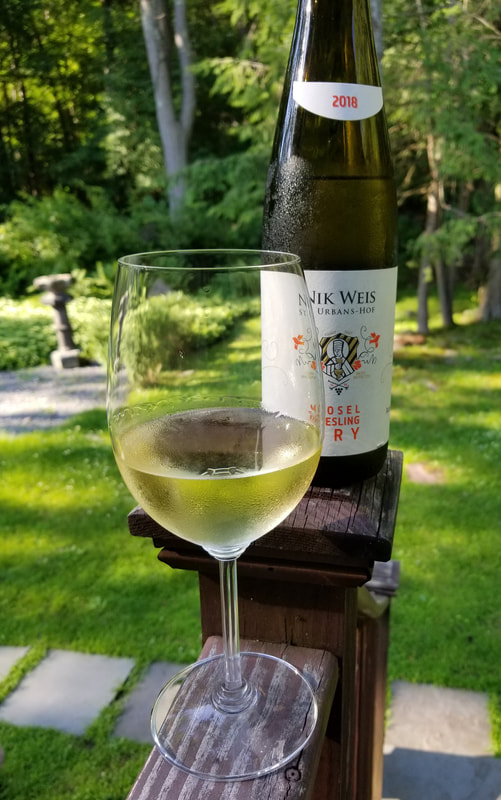
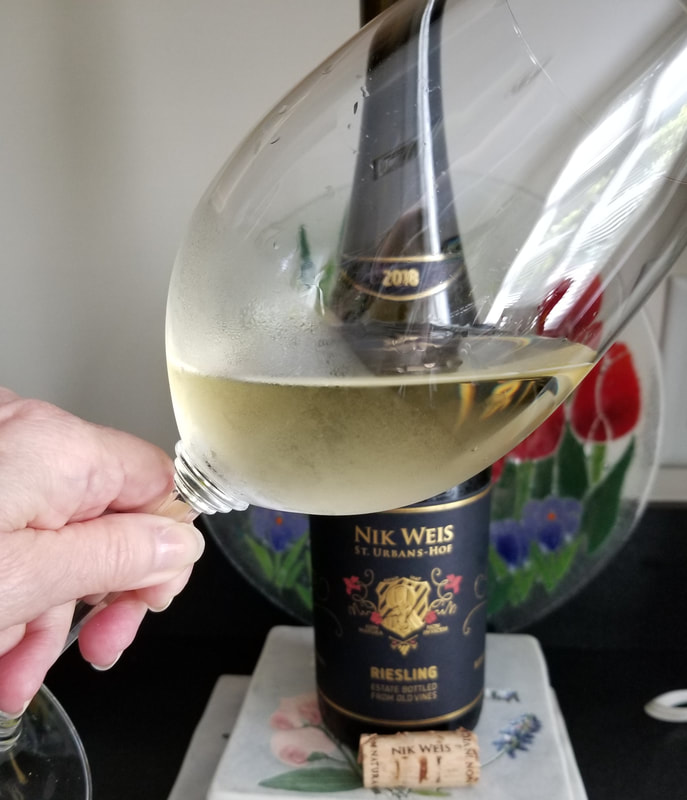
 RSS Feed
RSS Feed